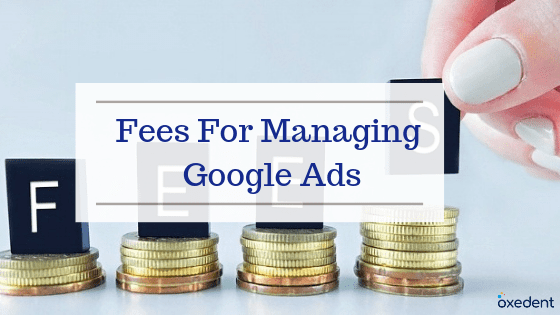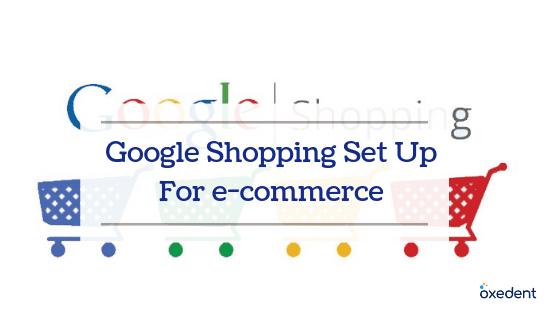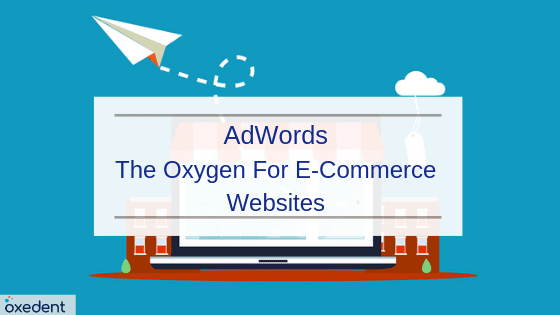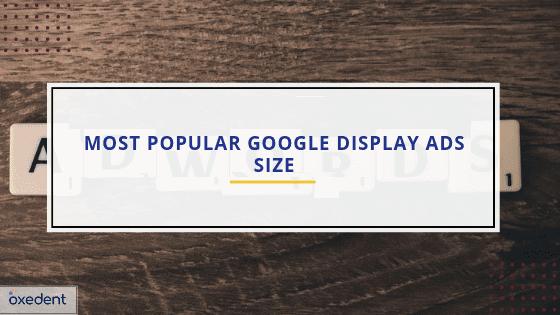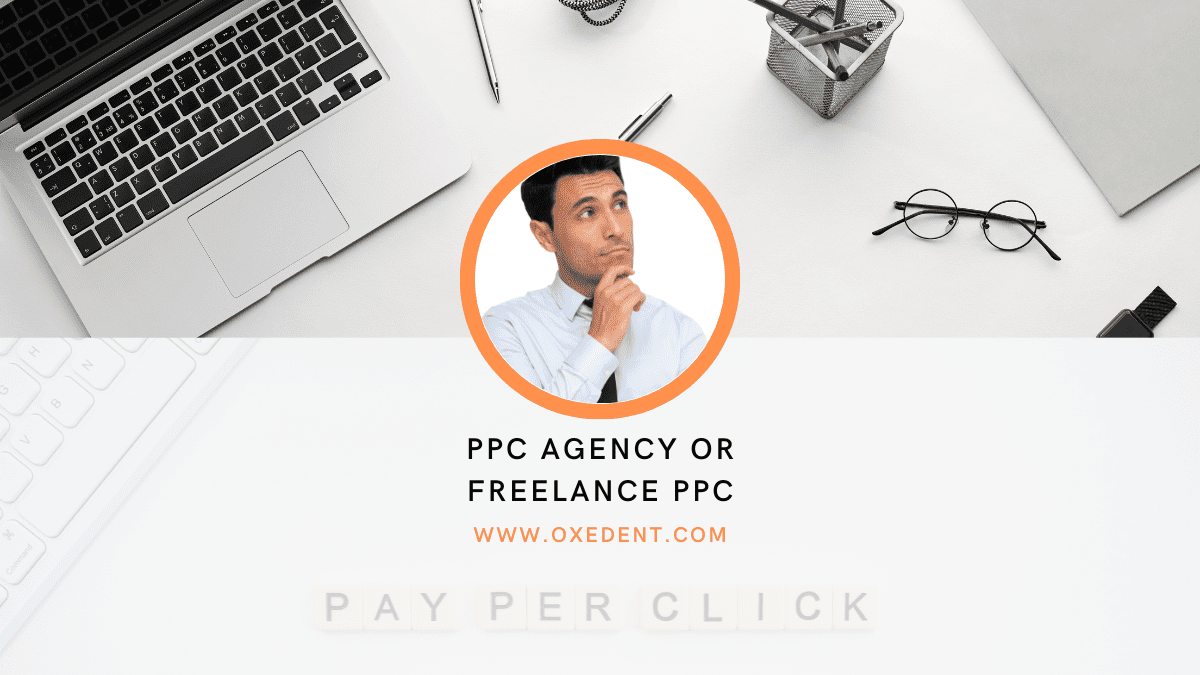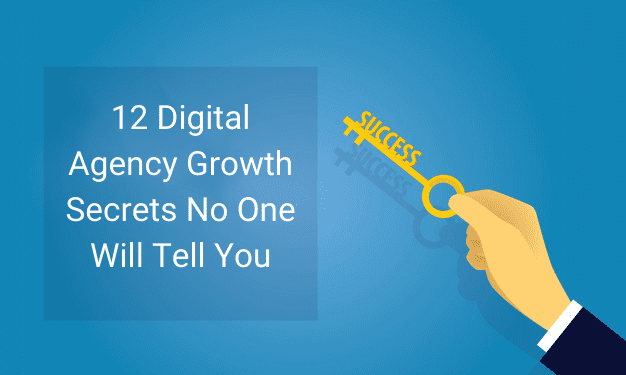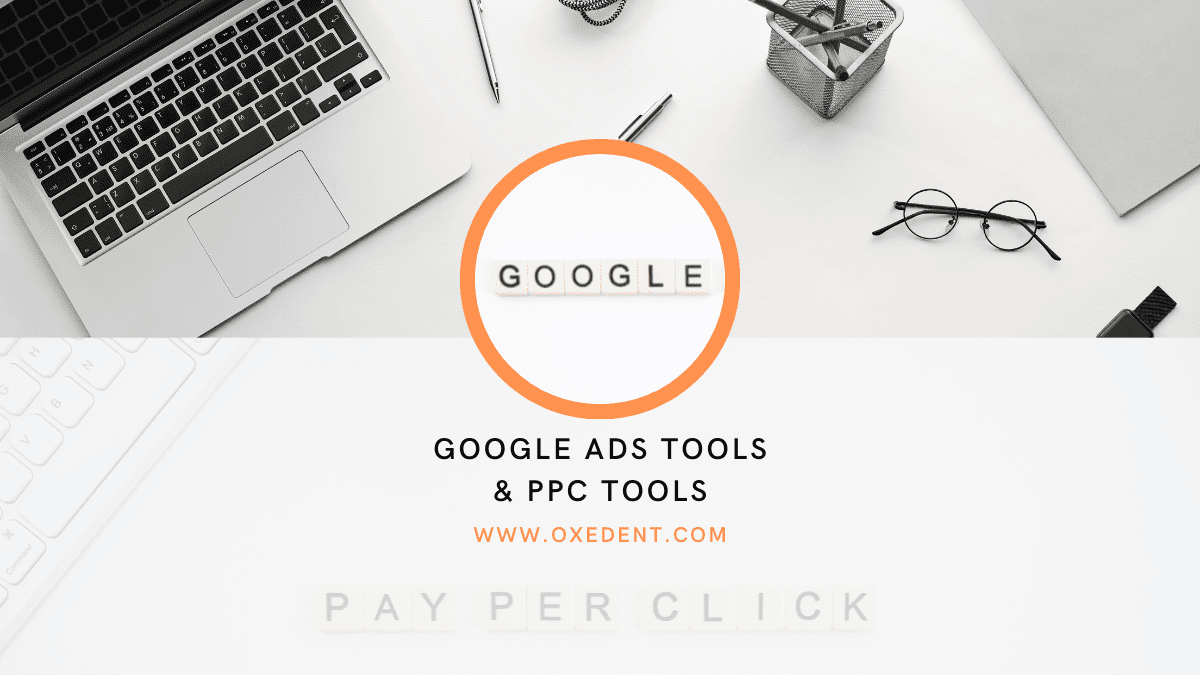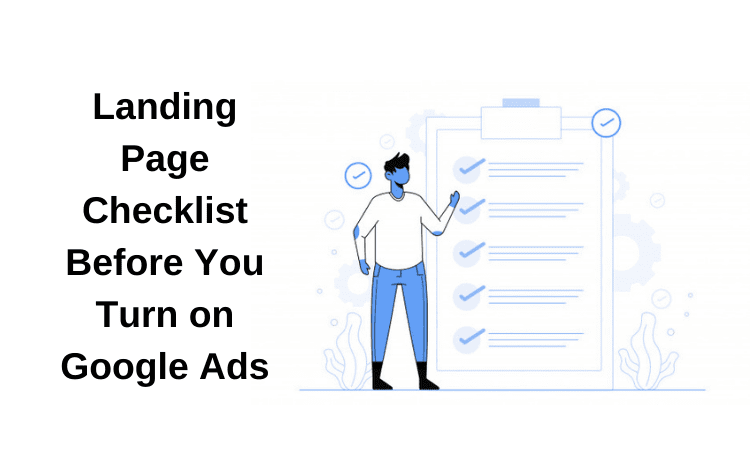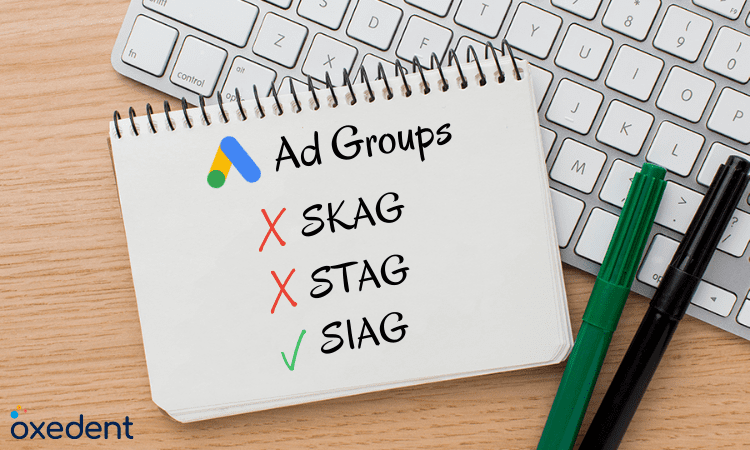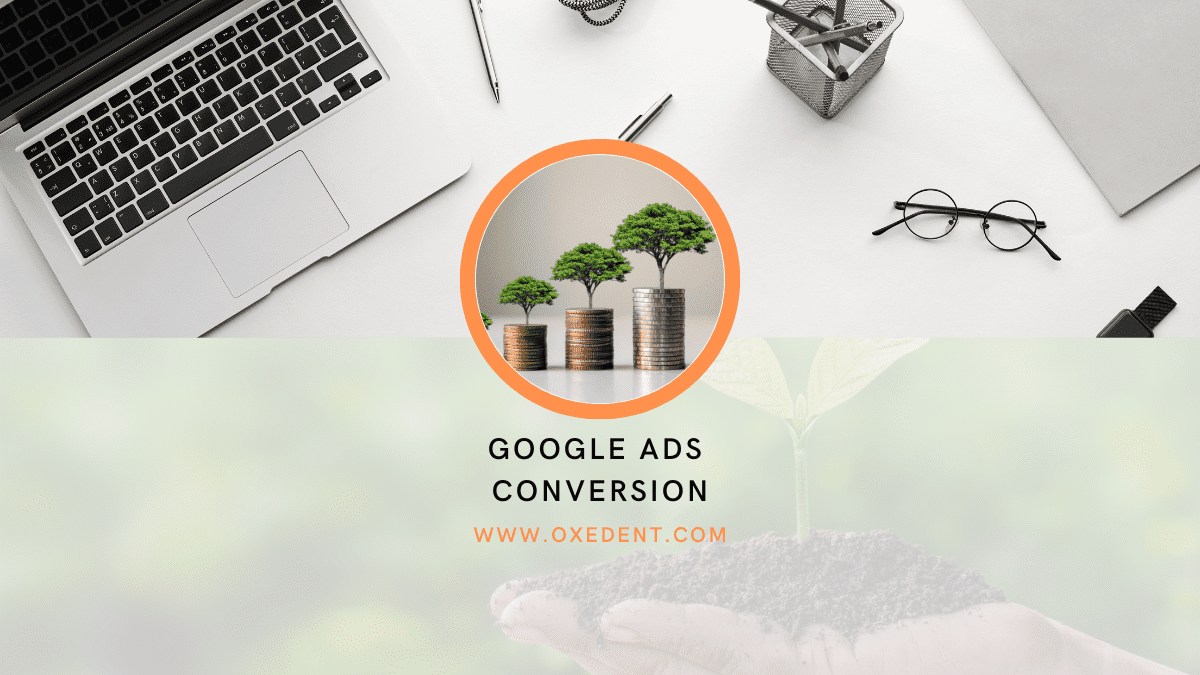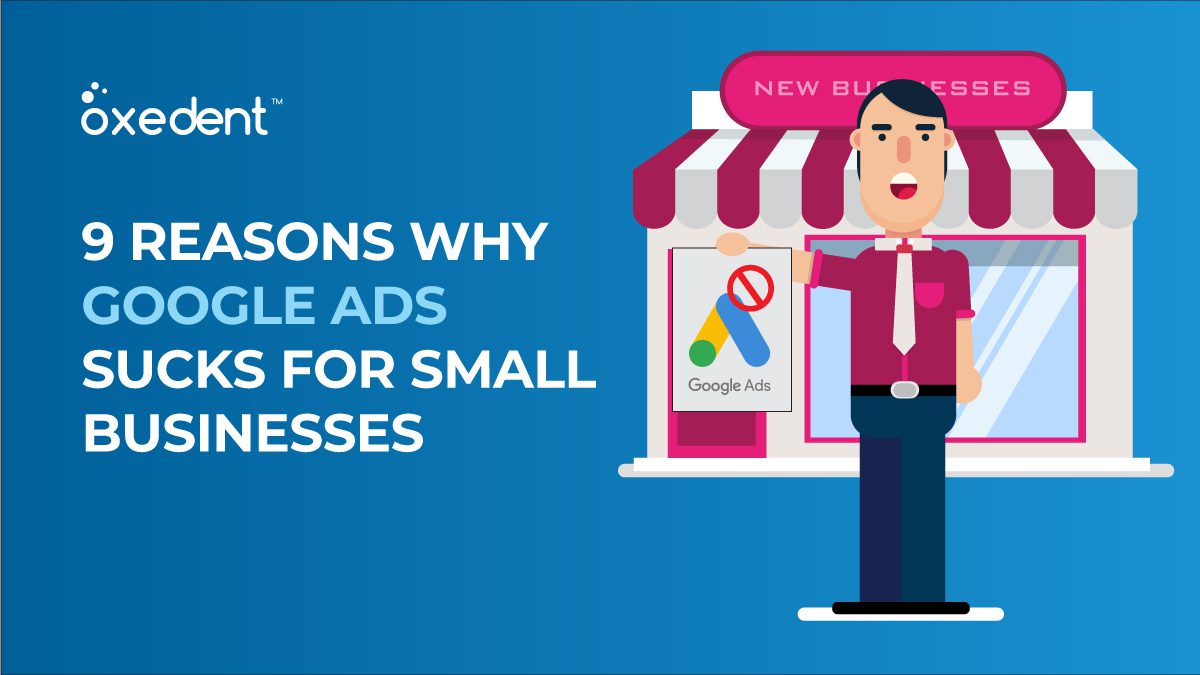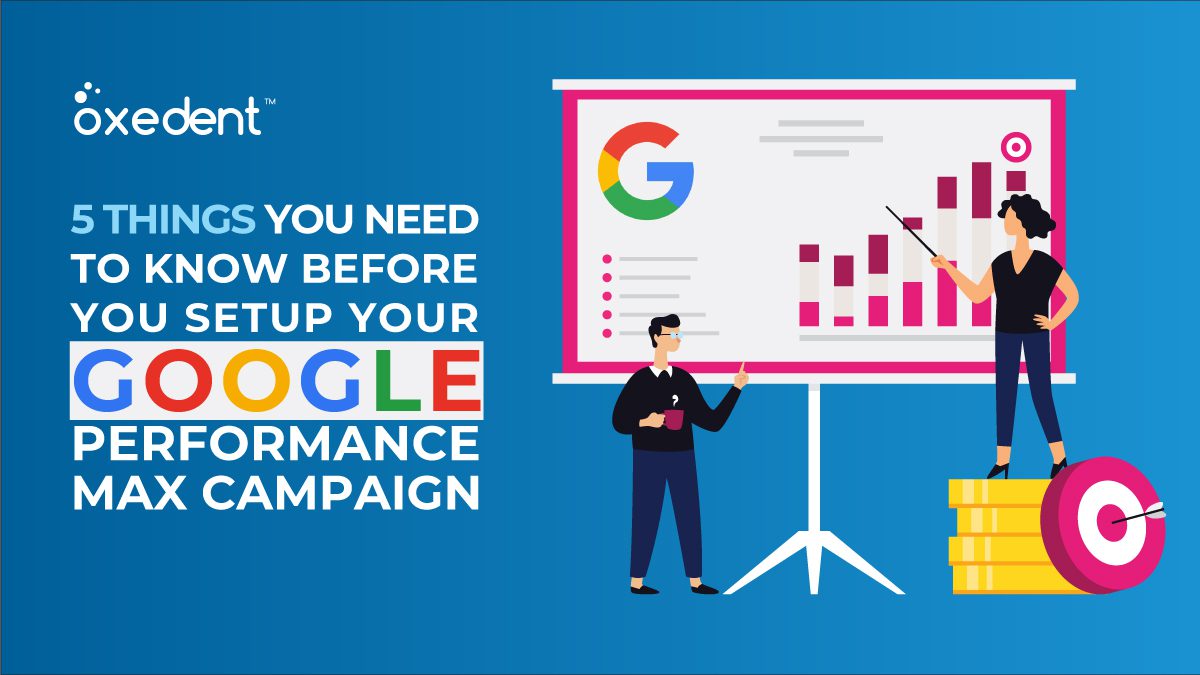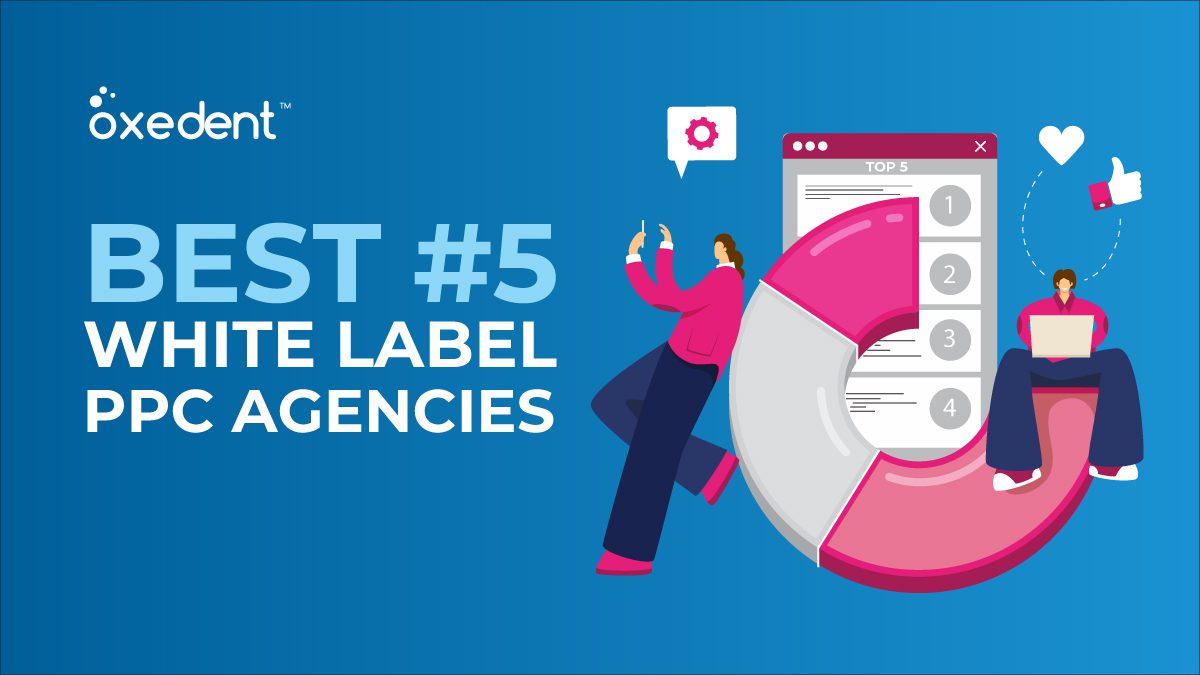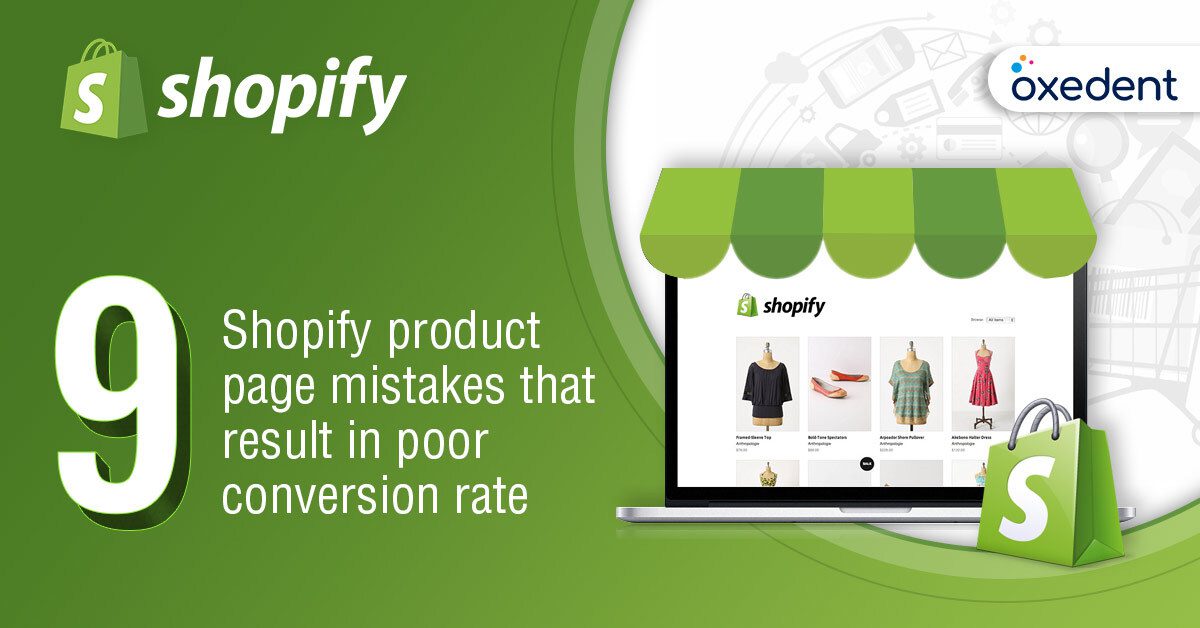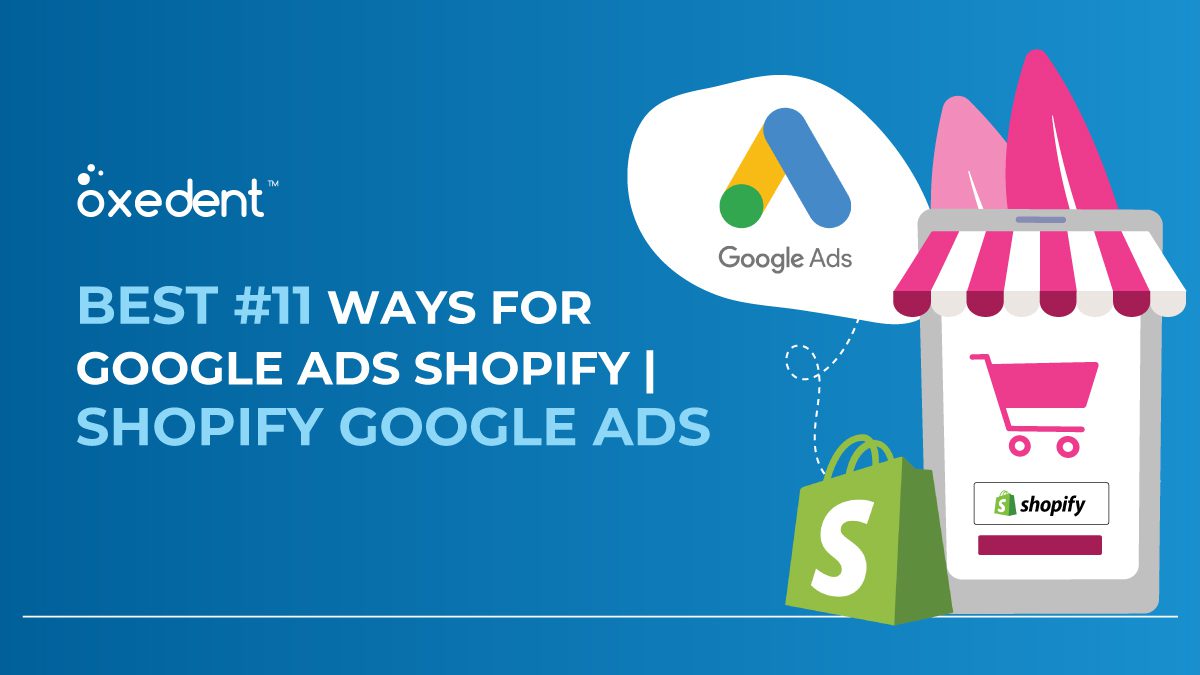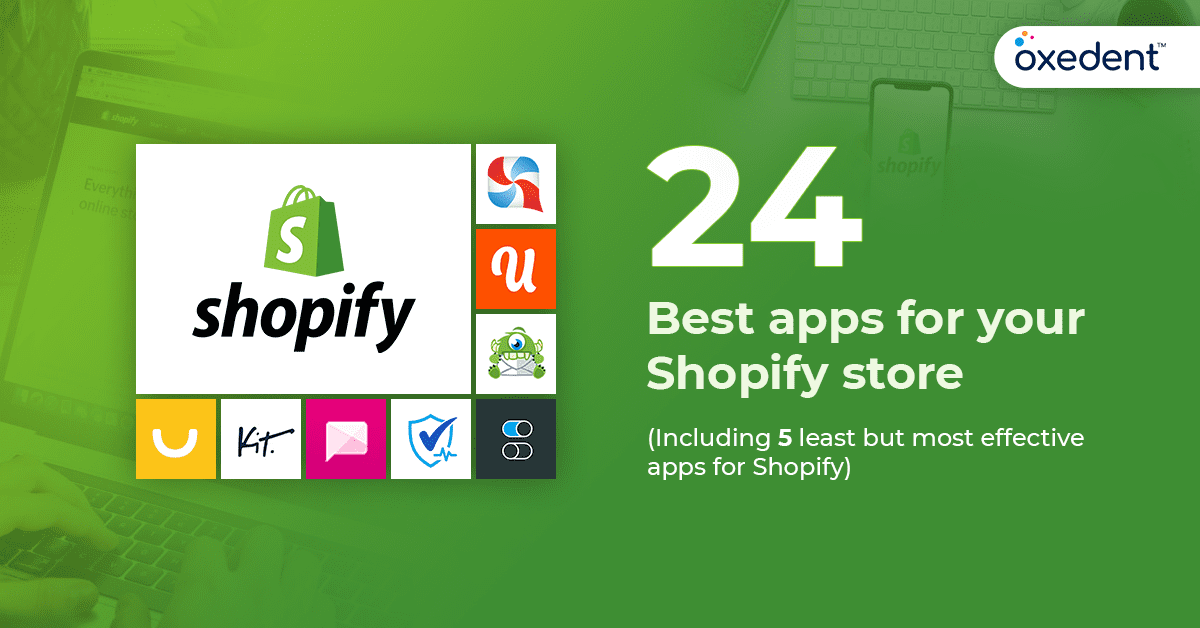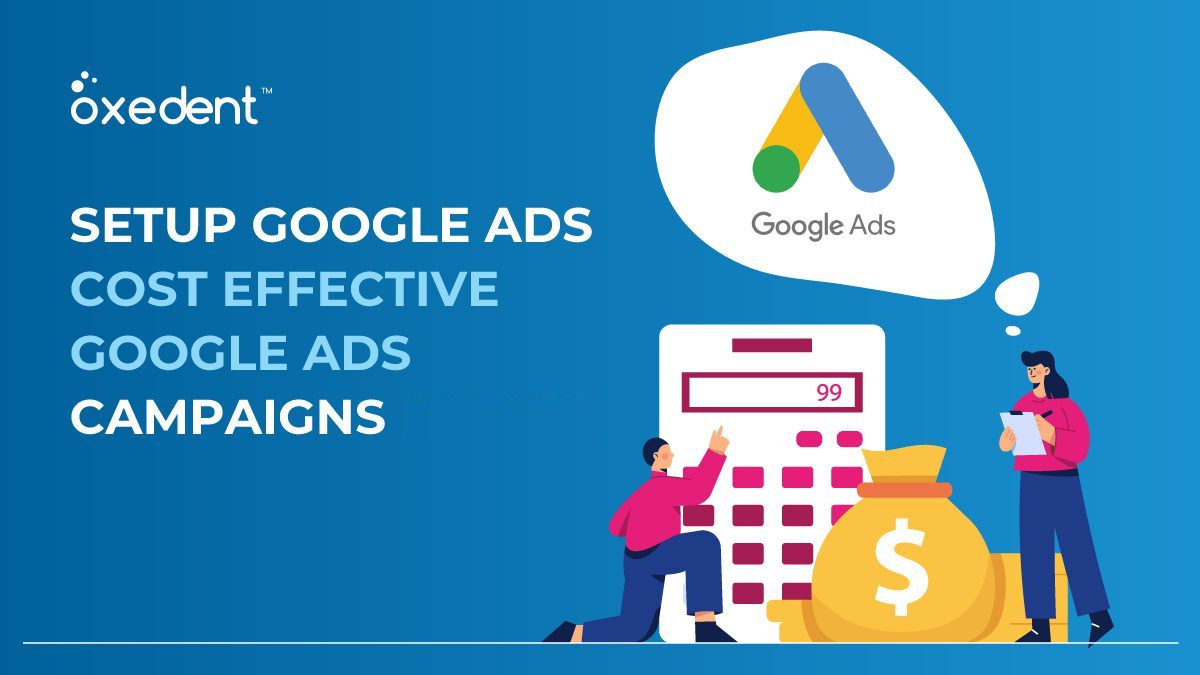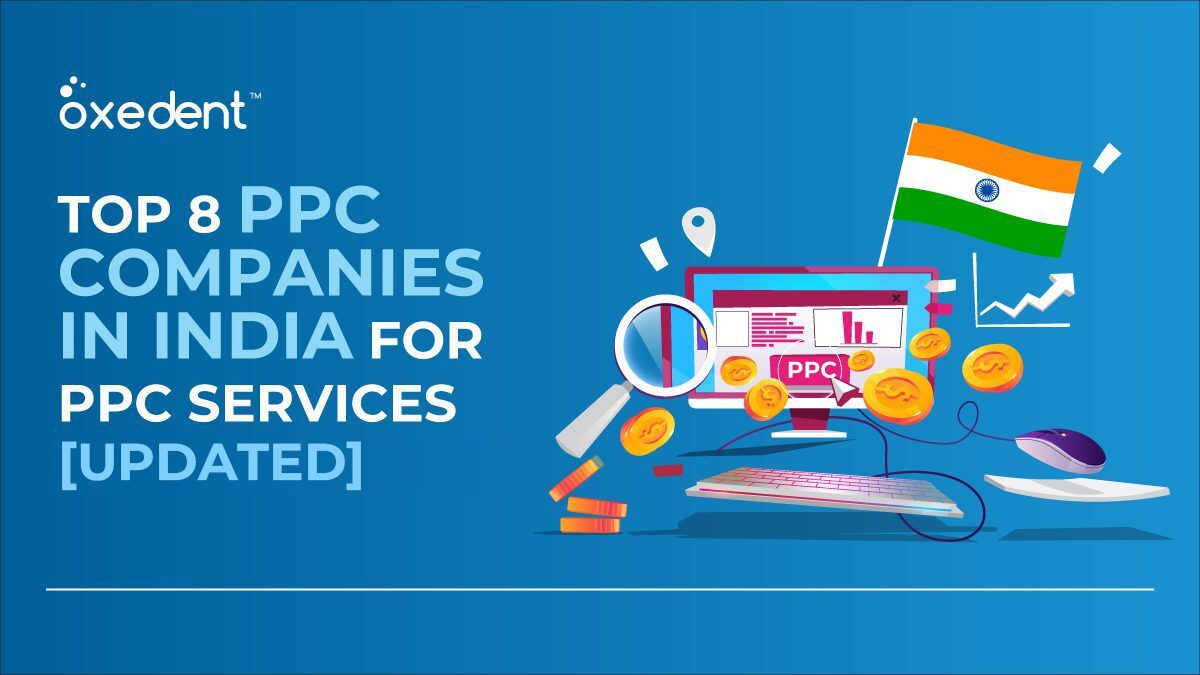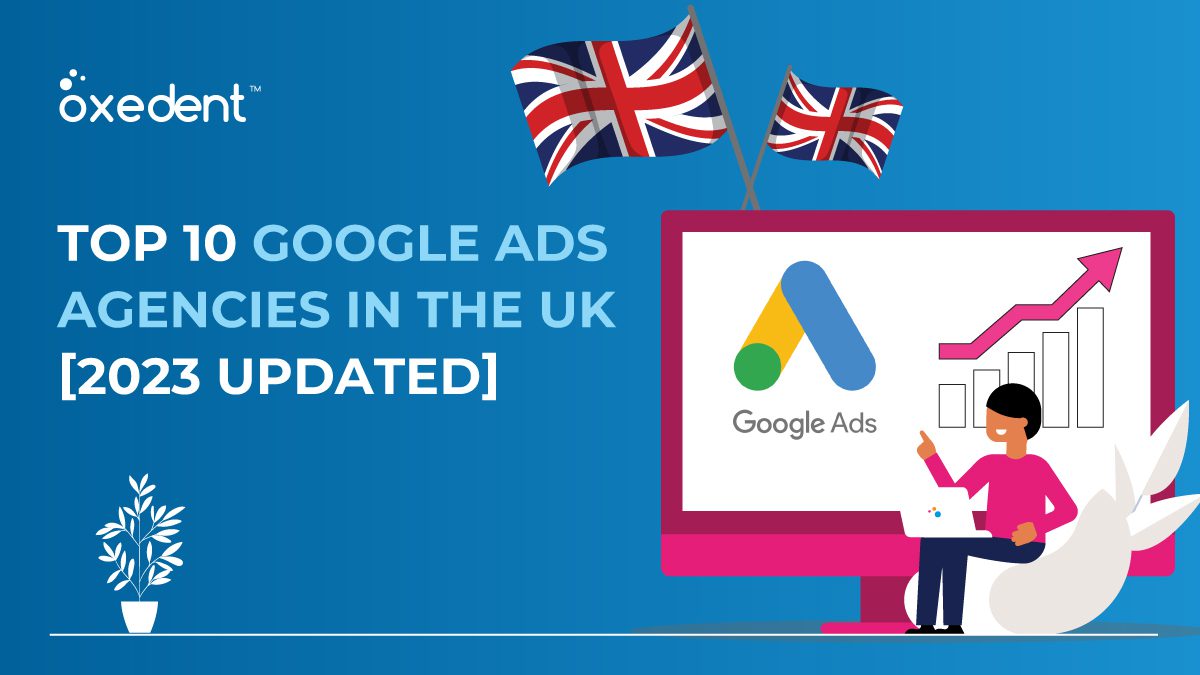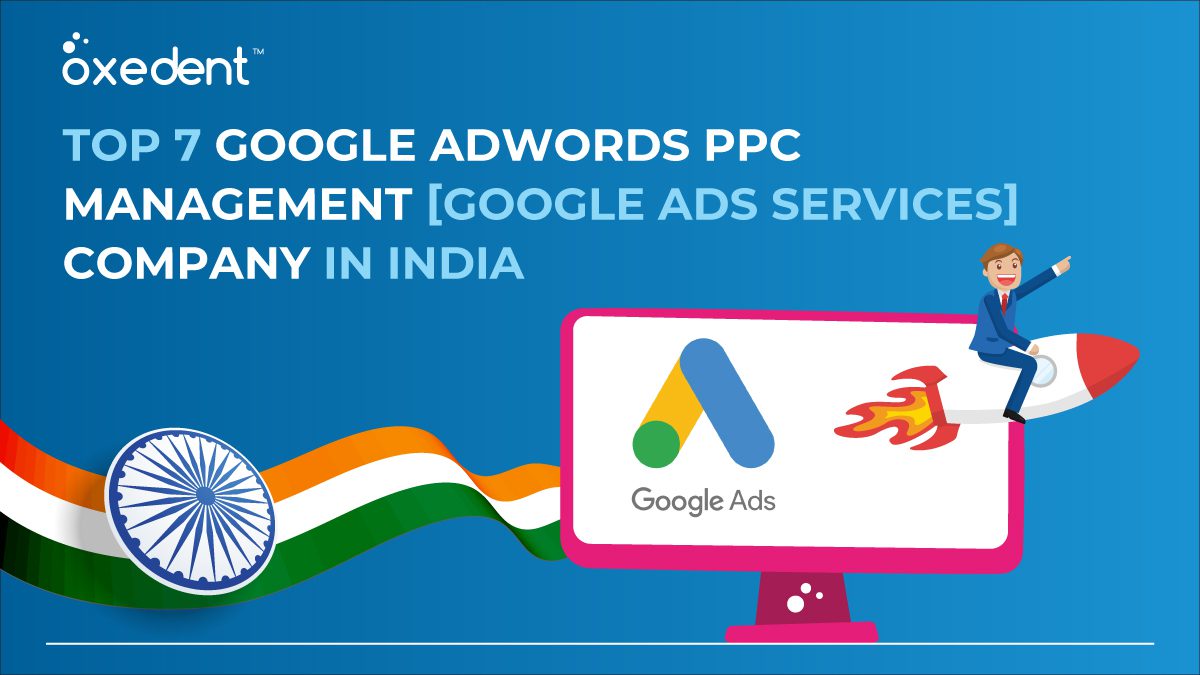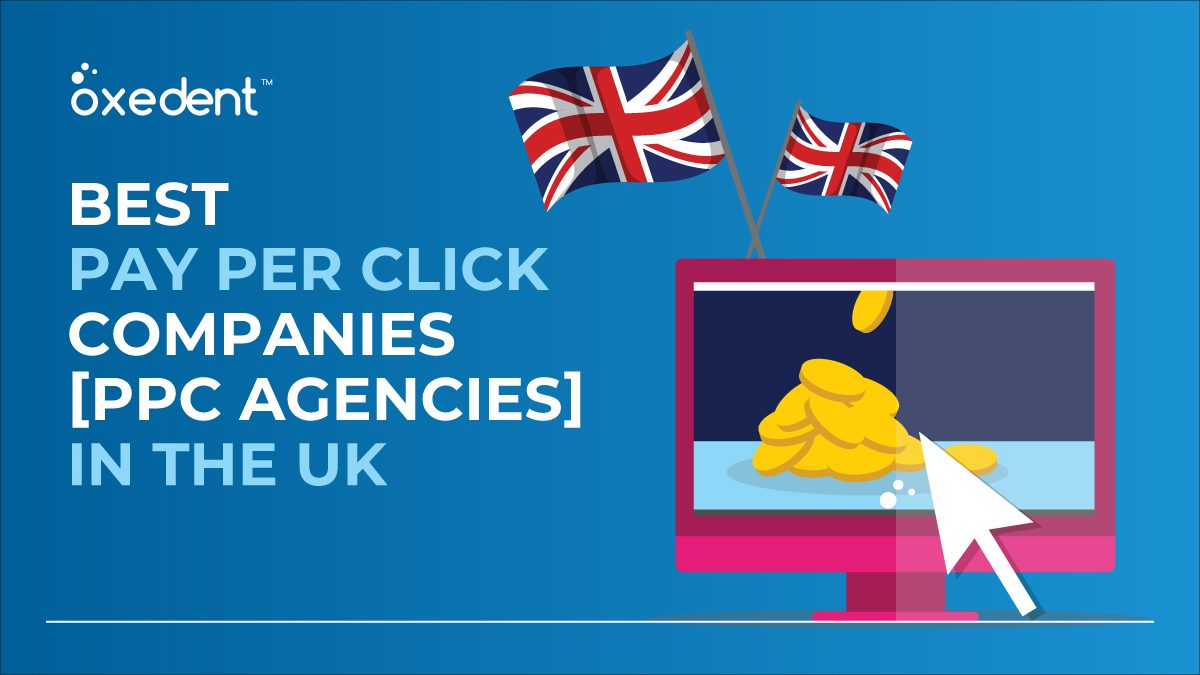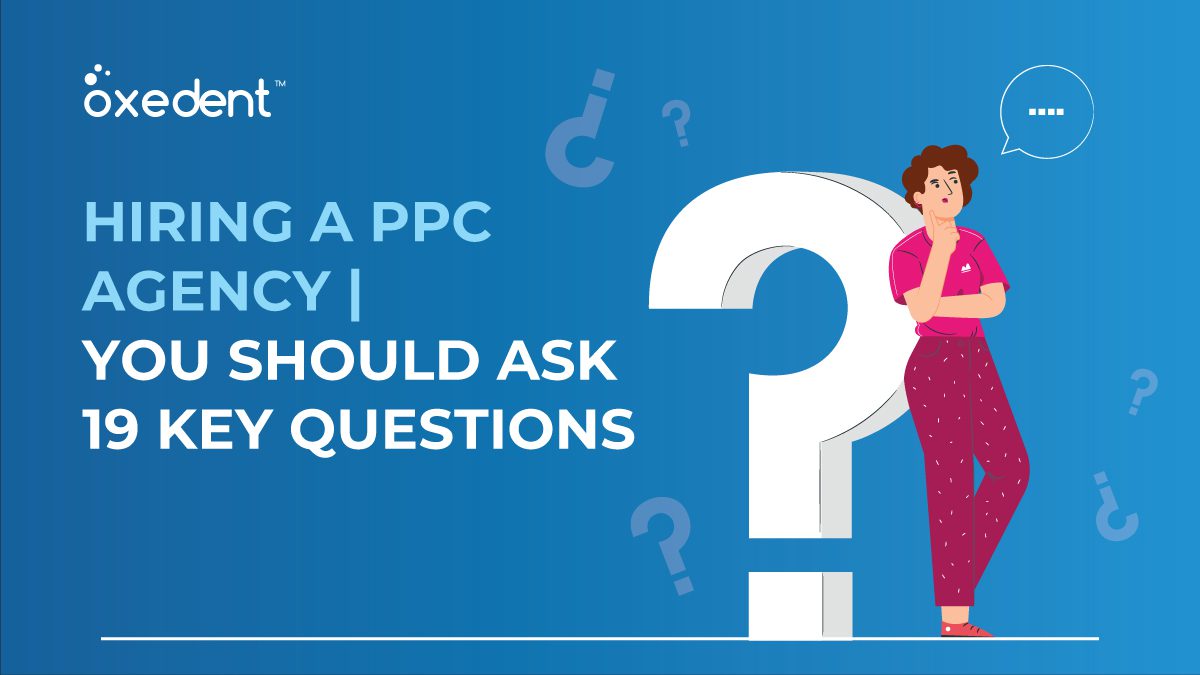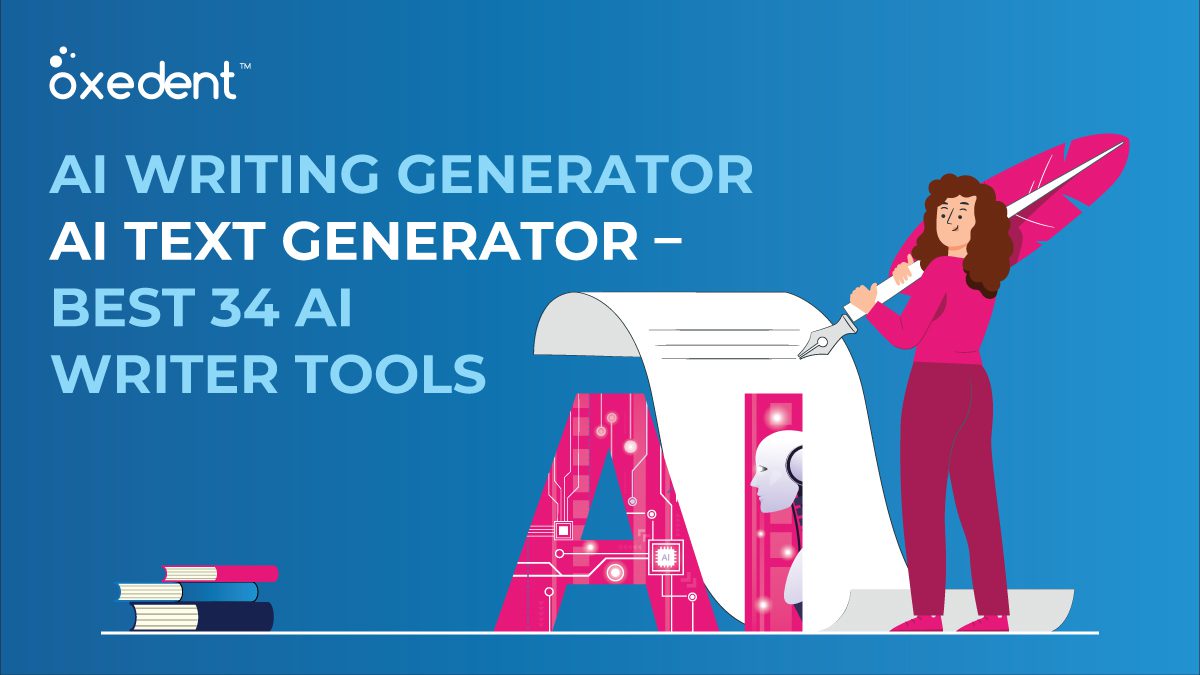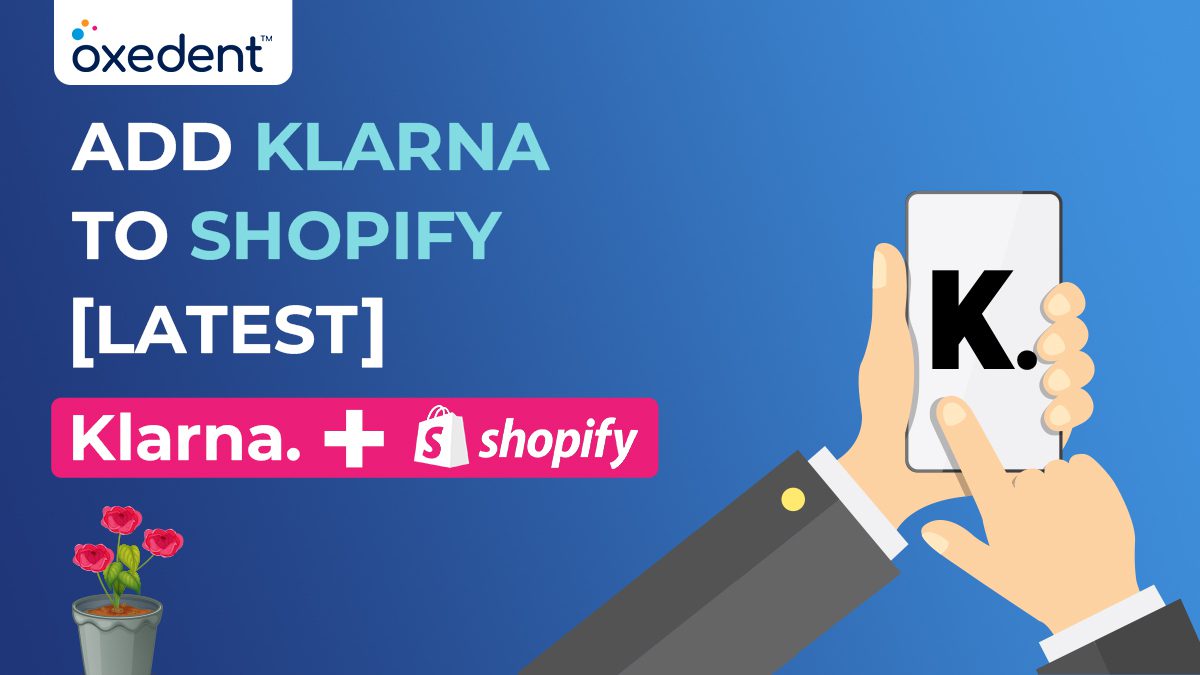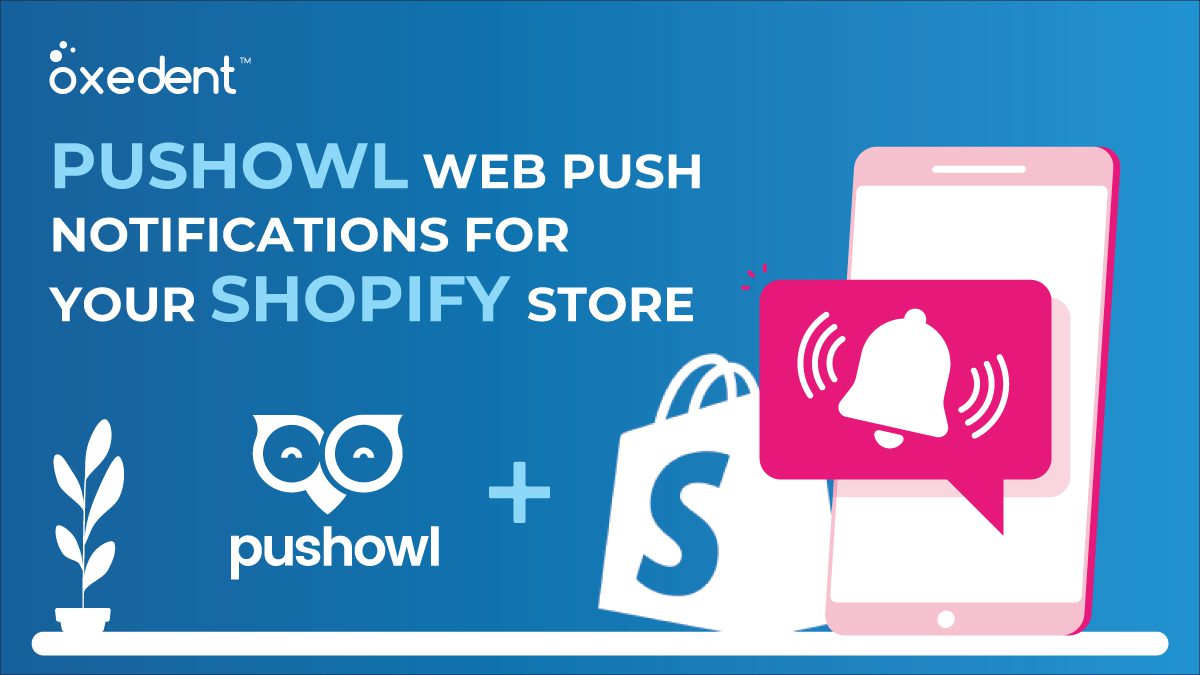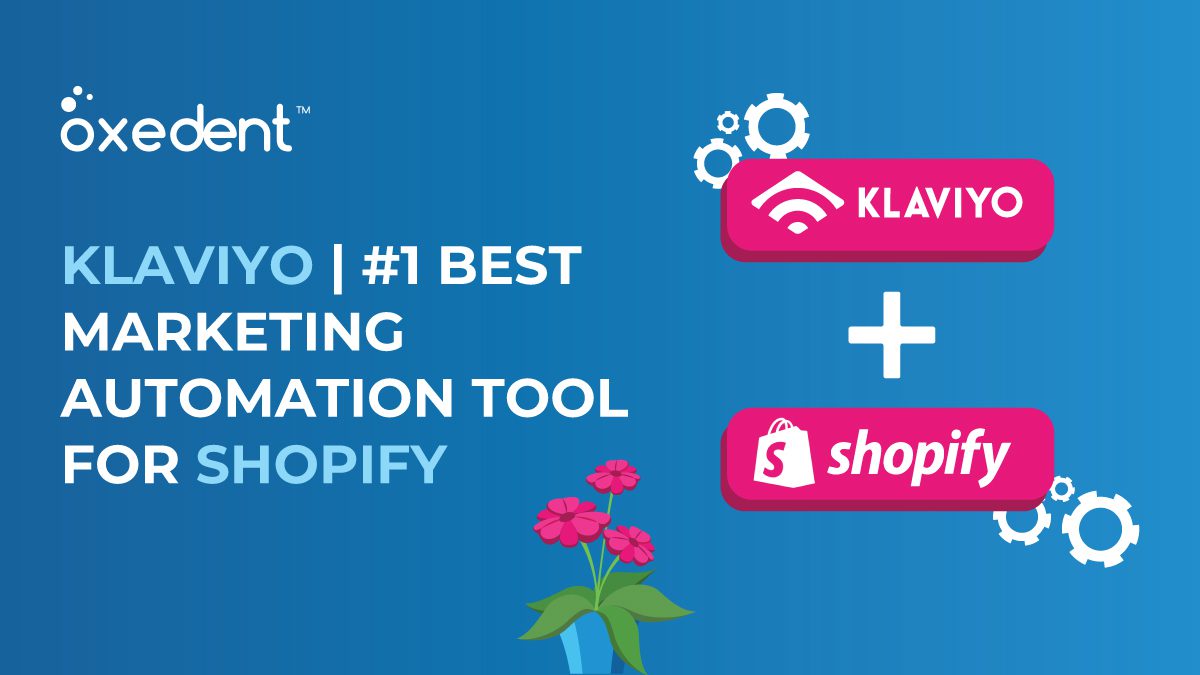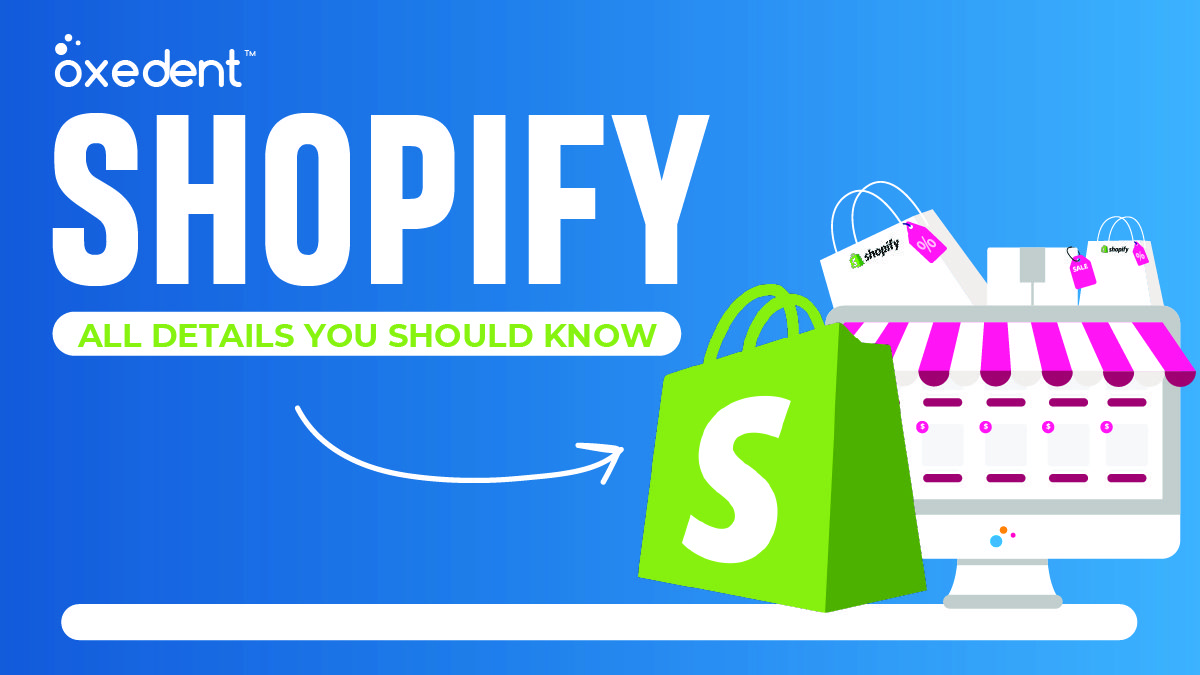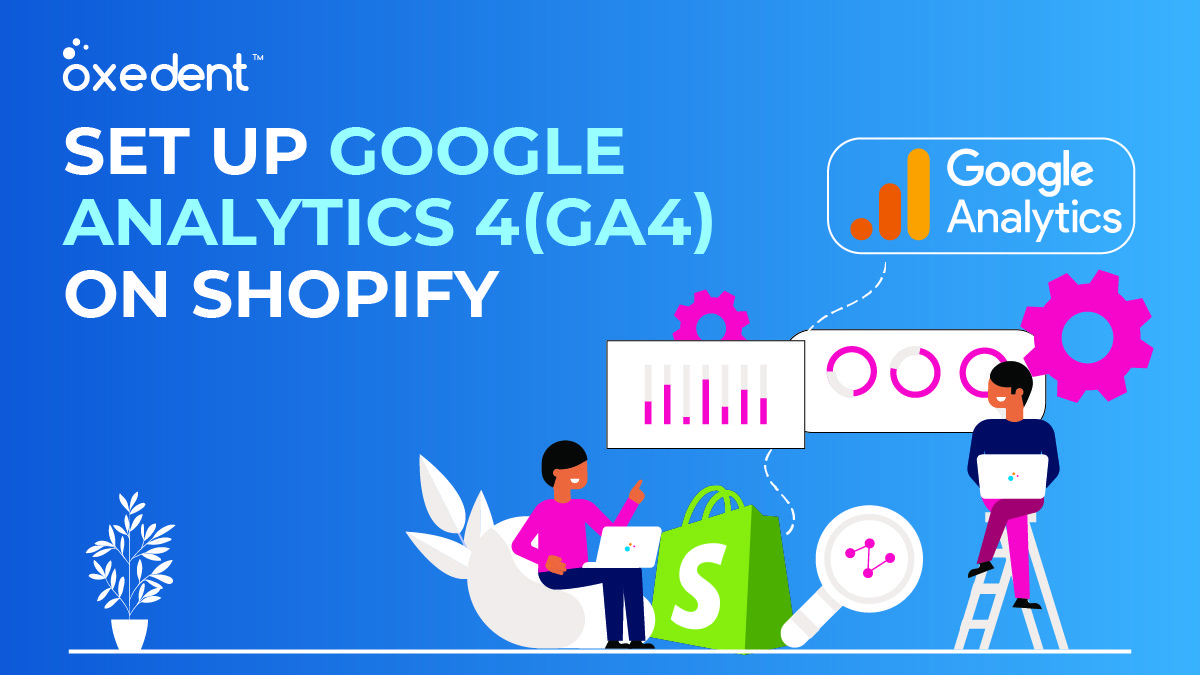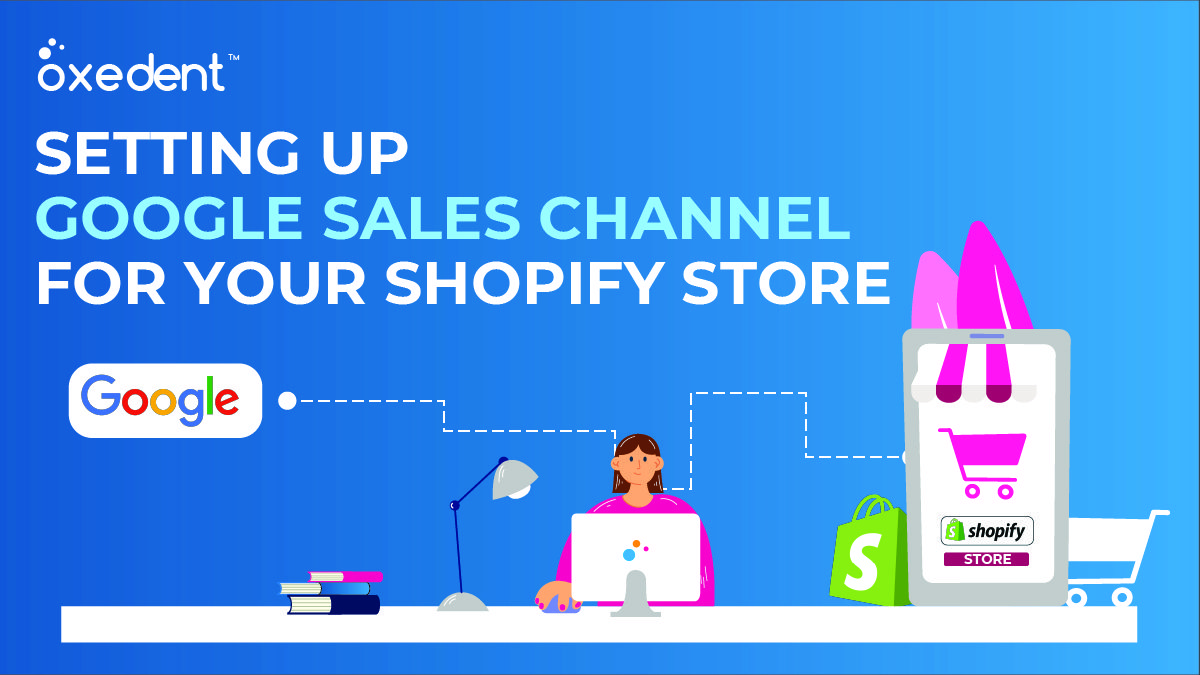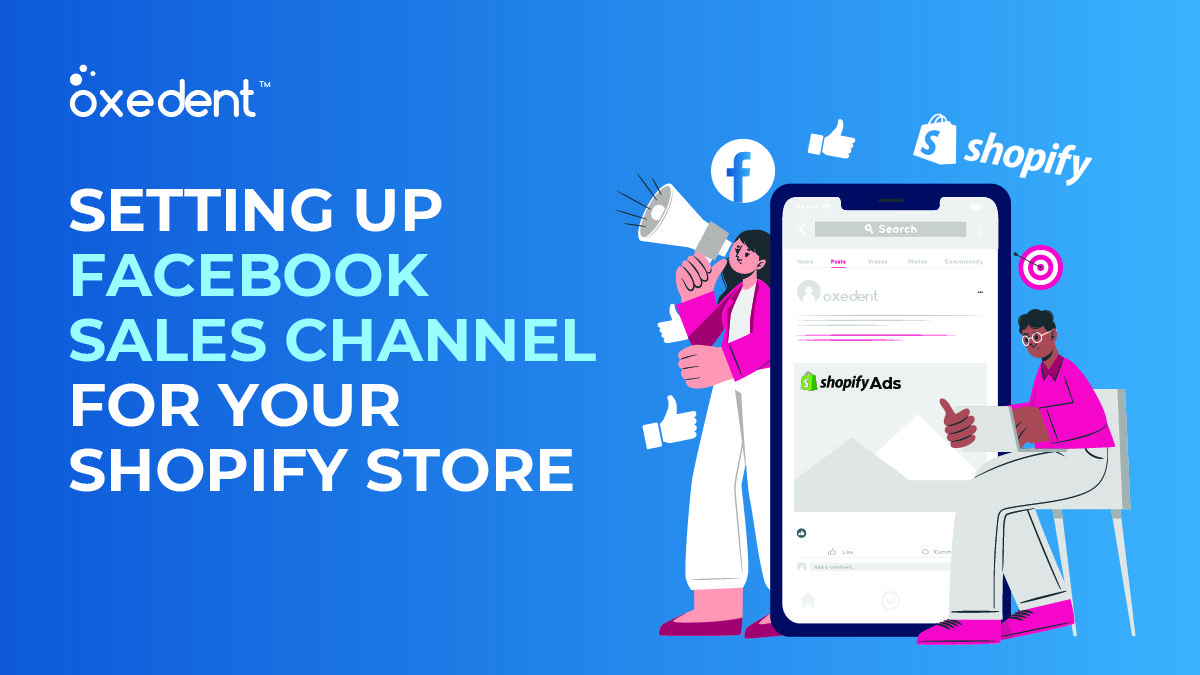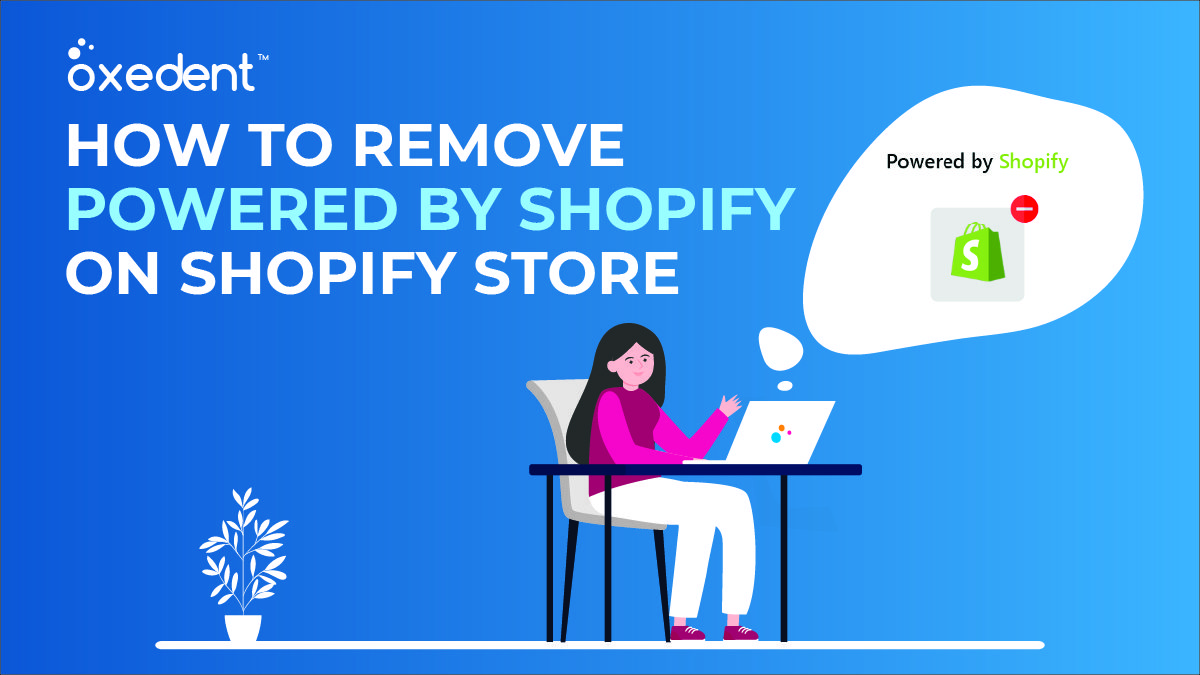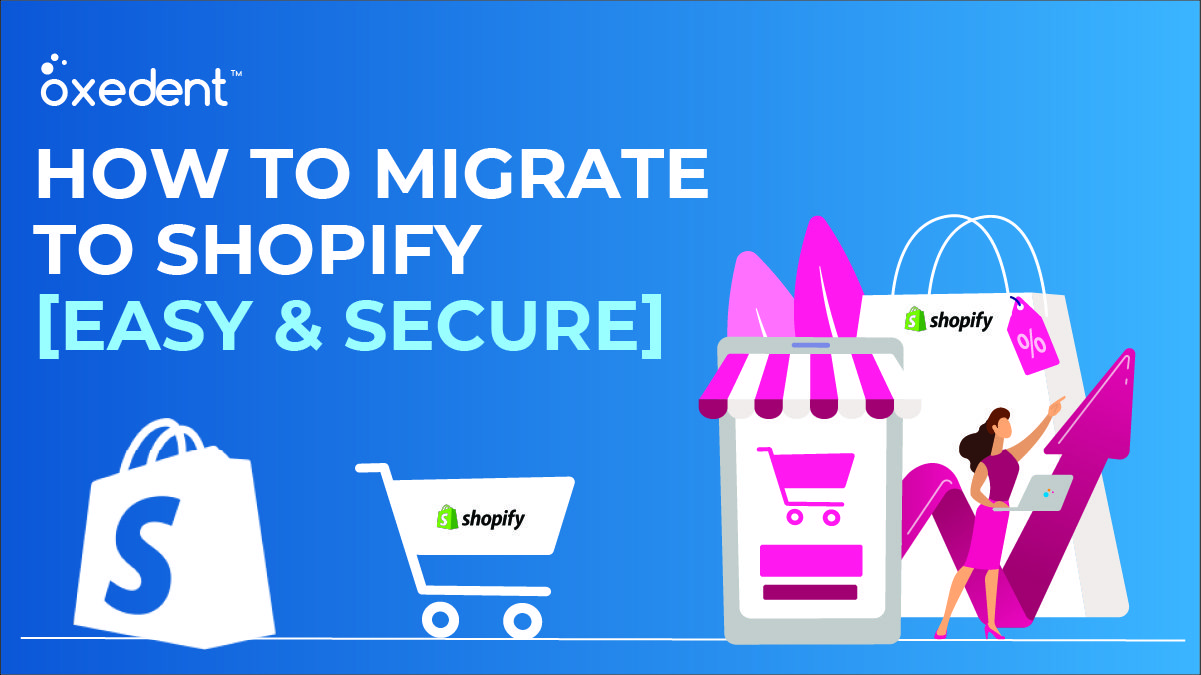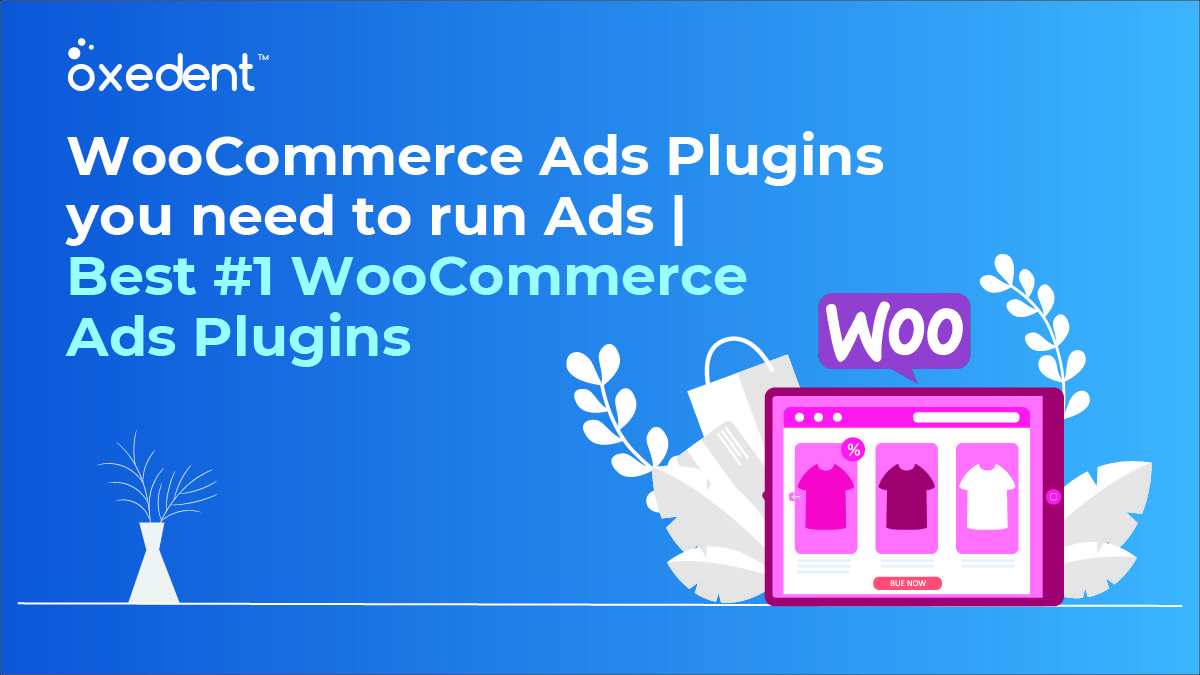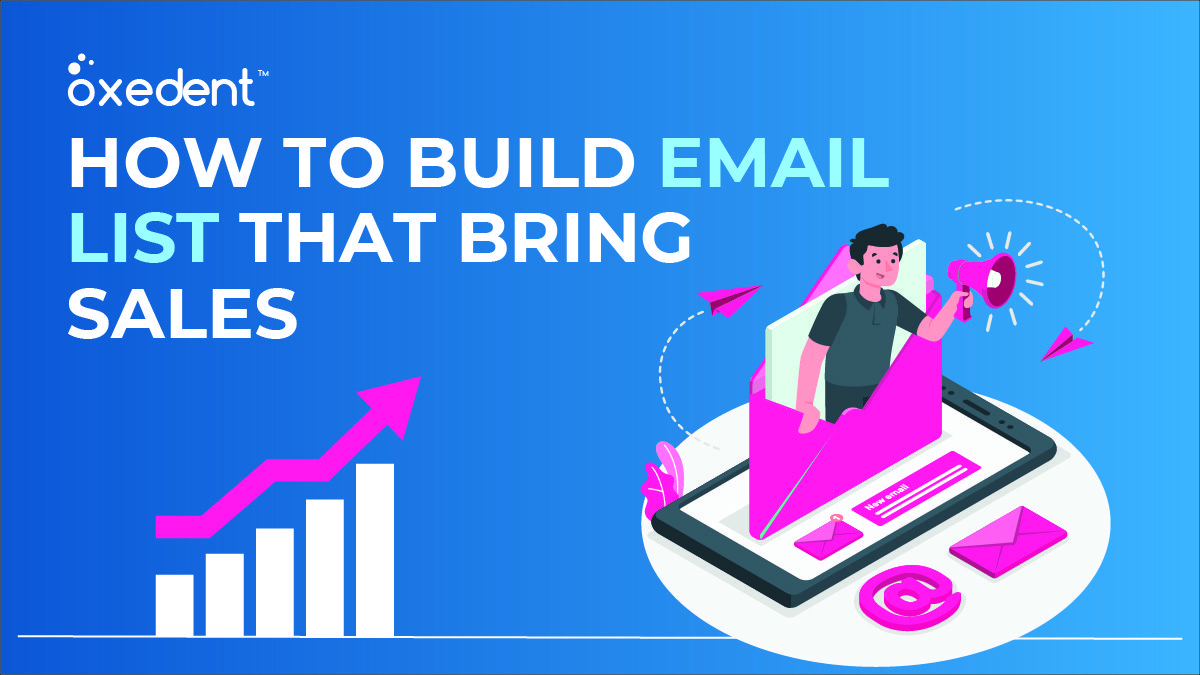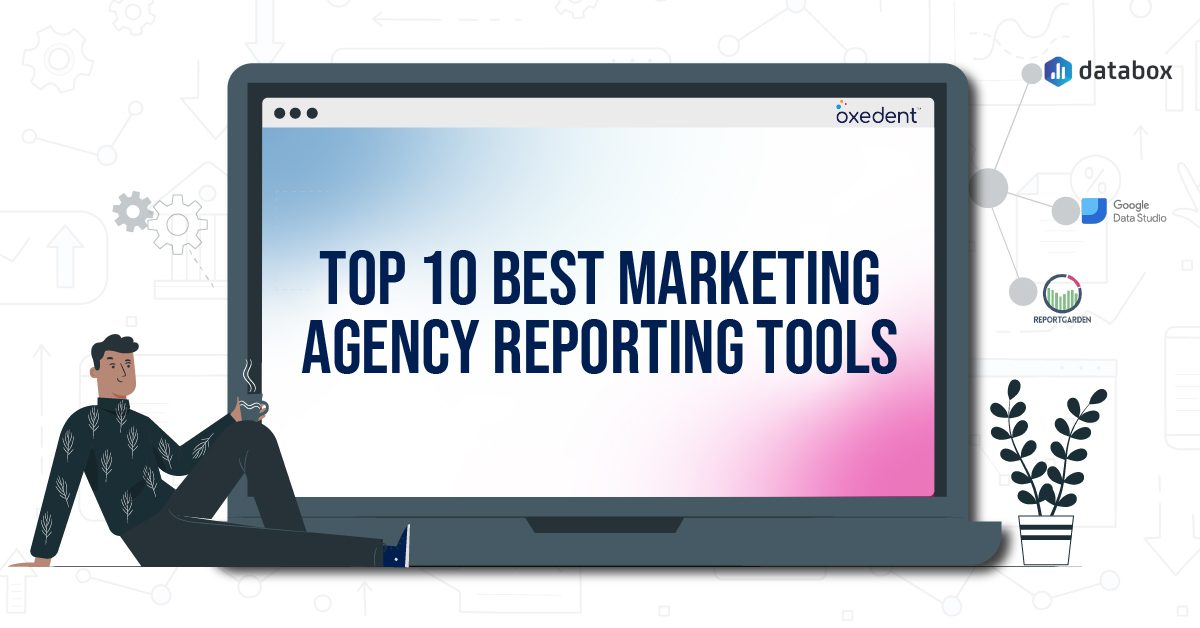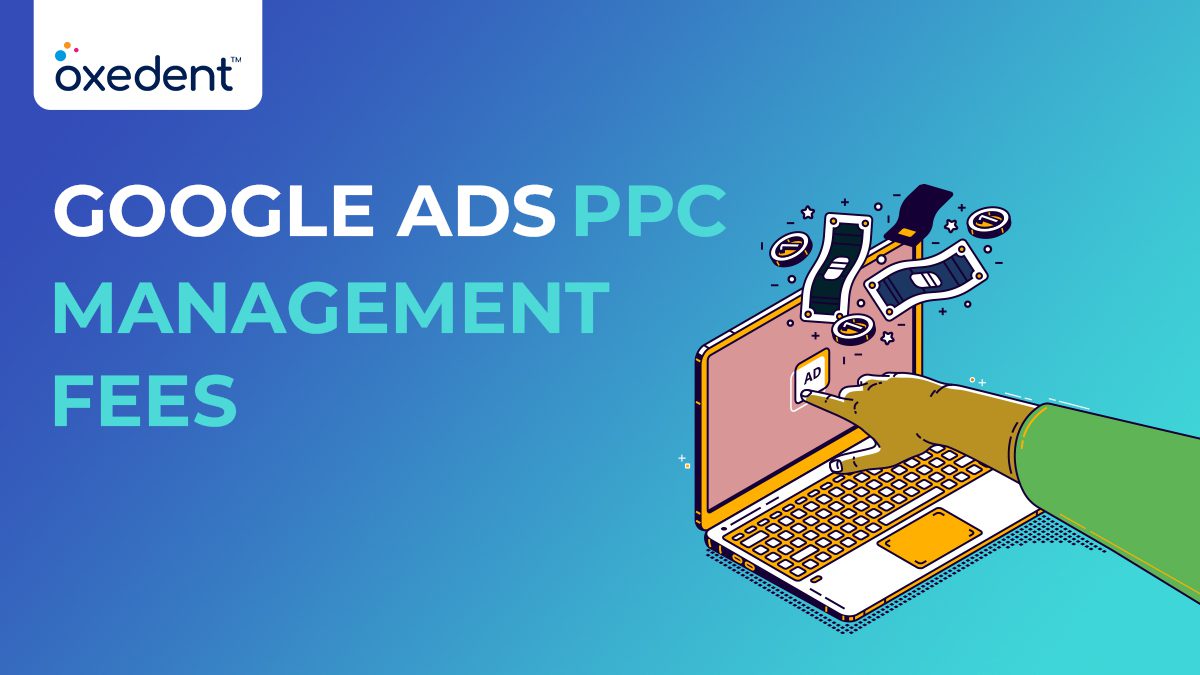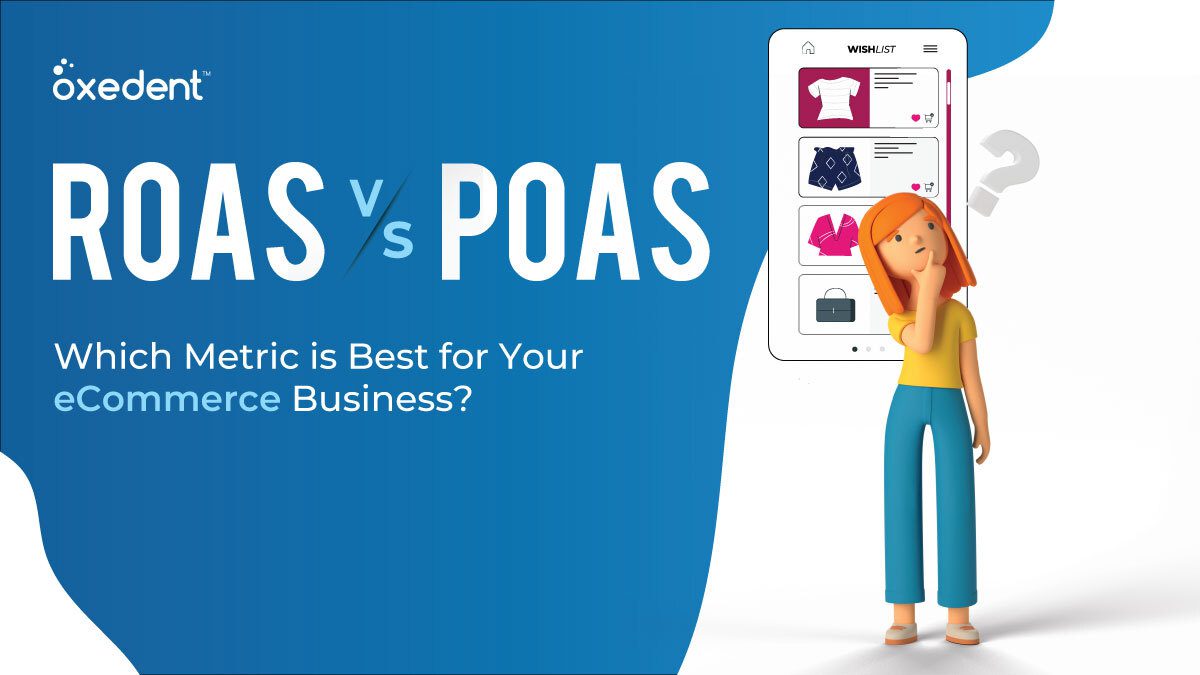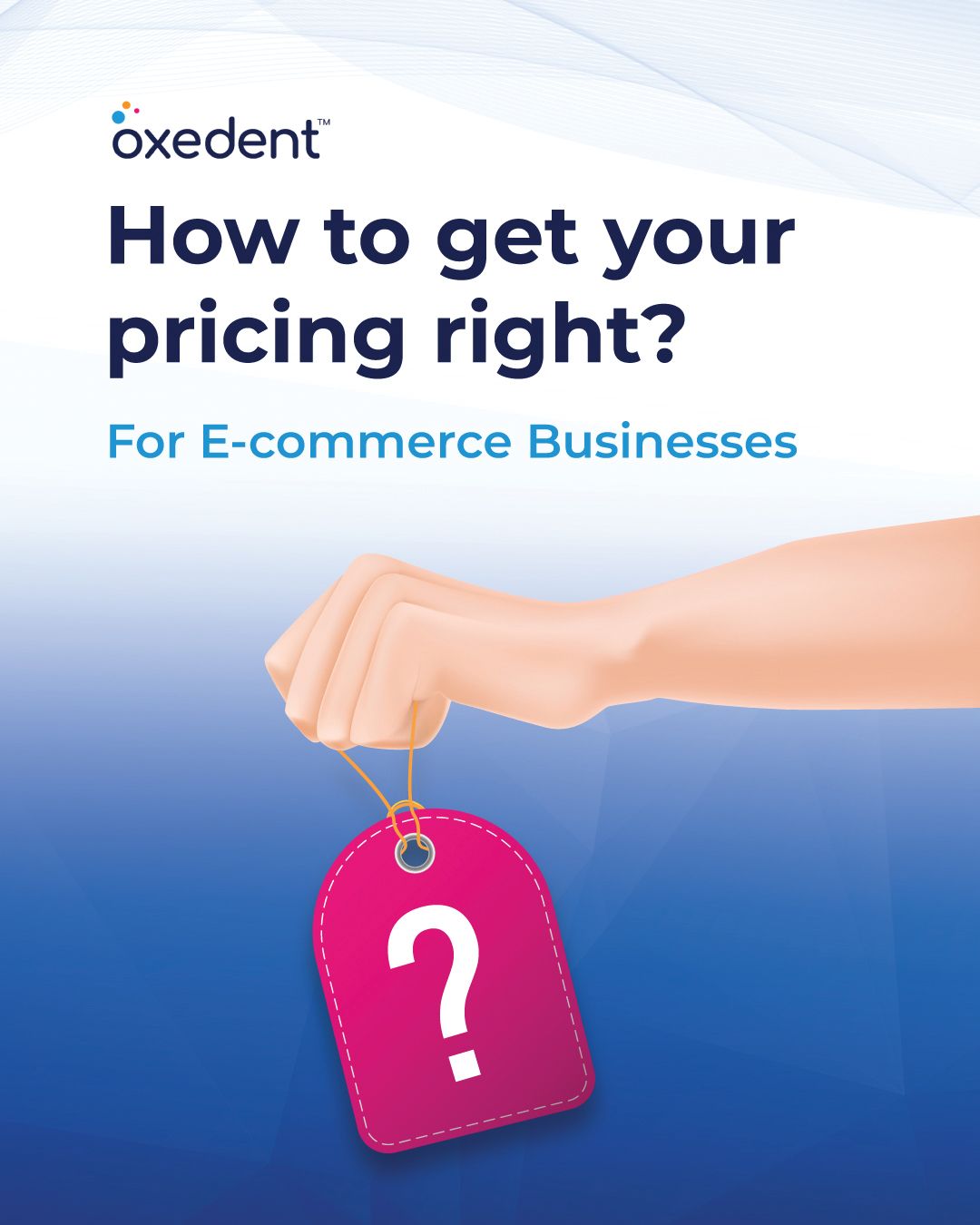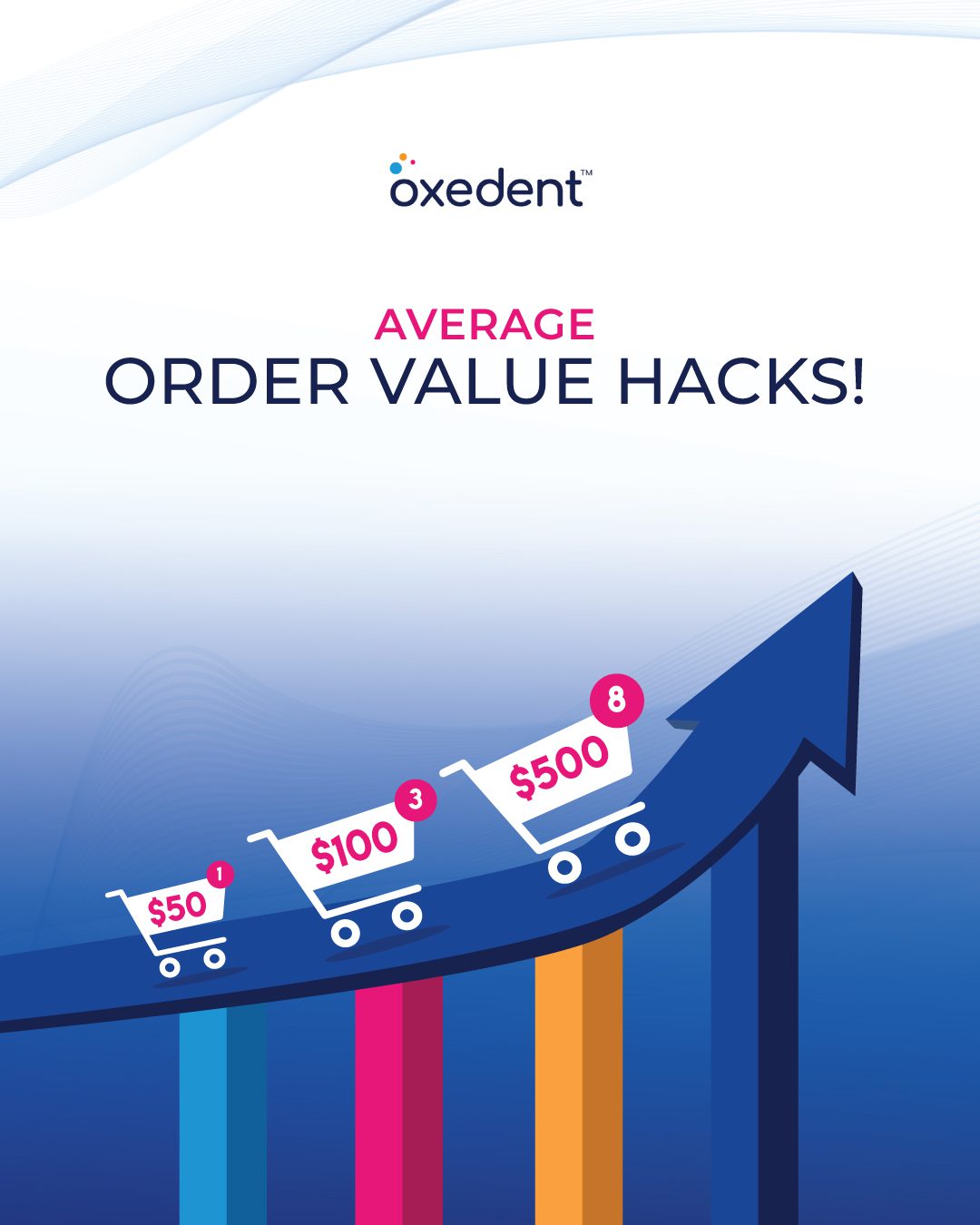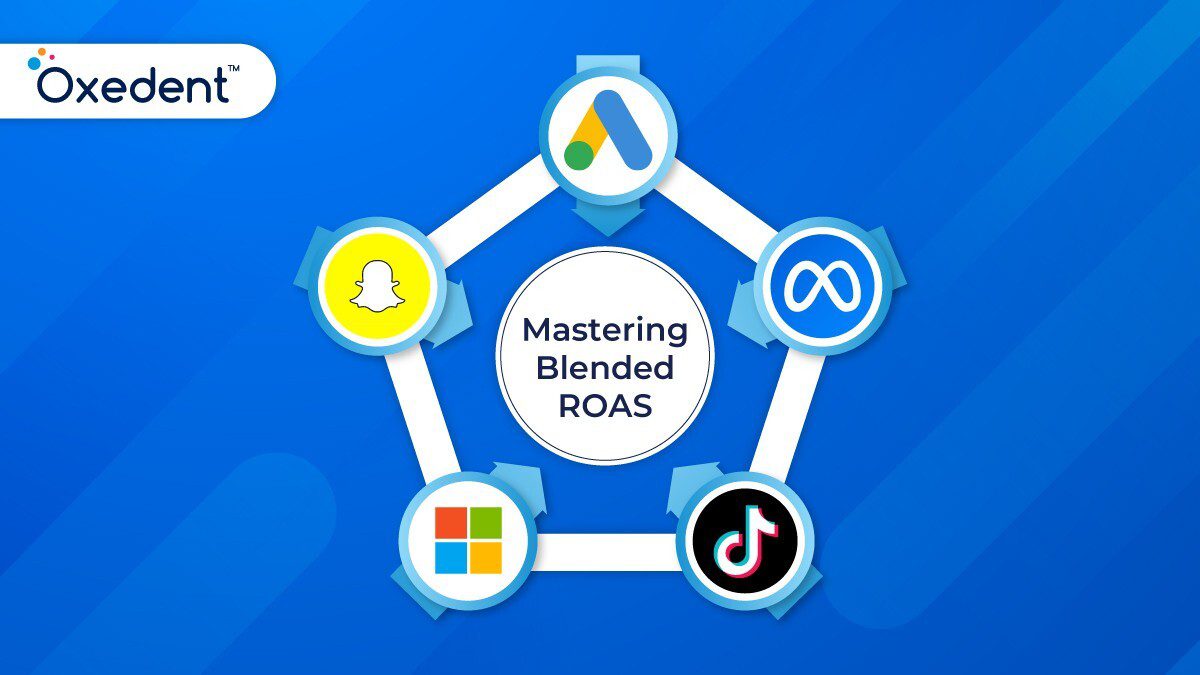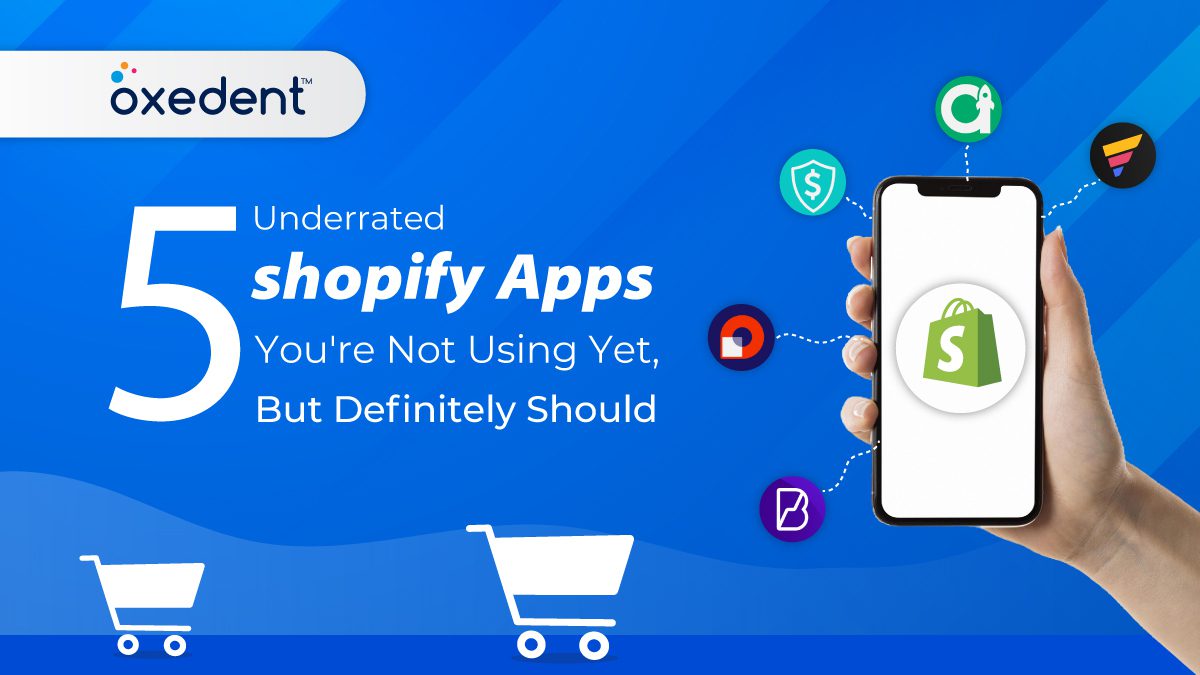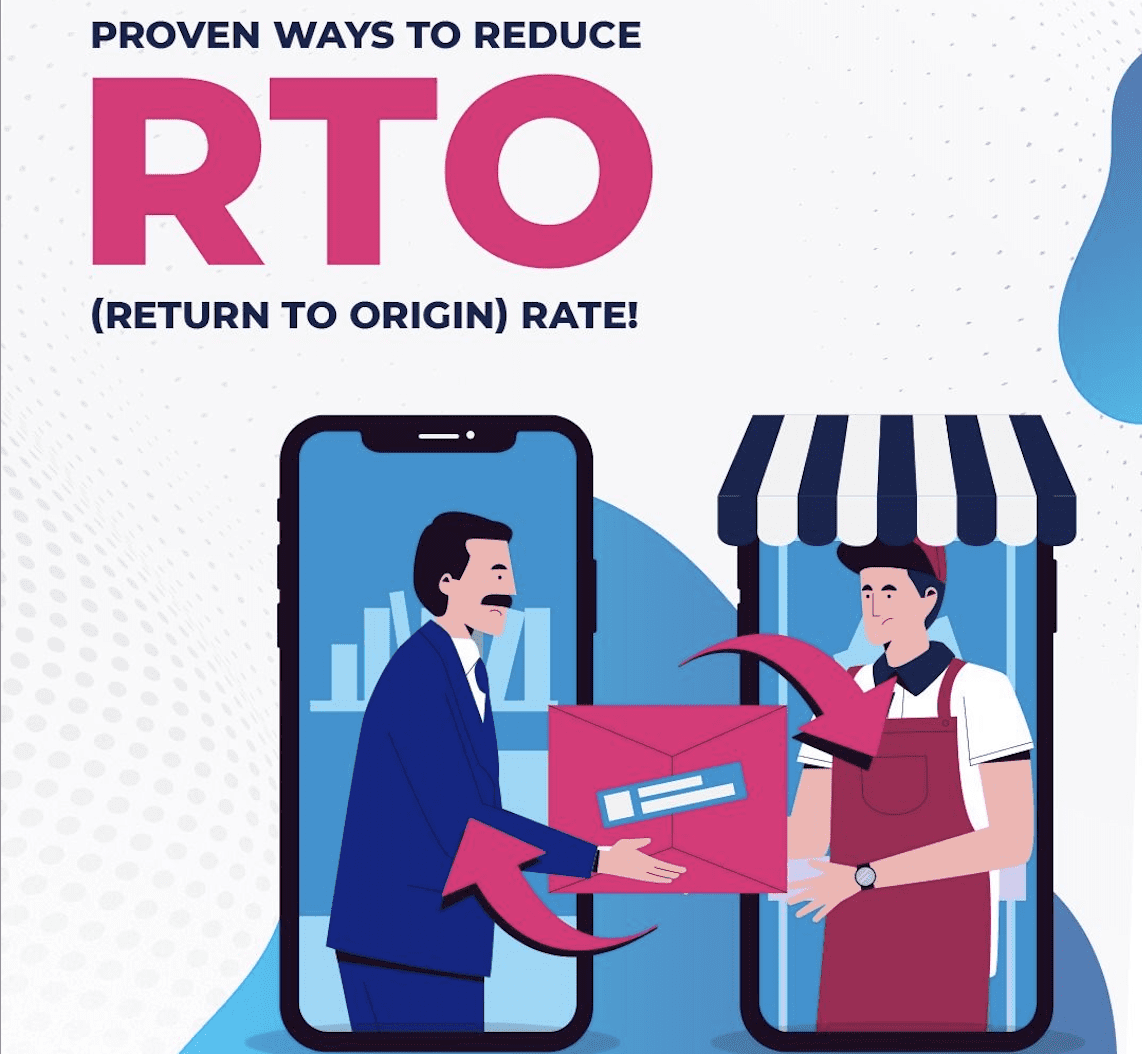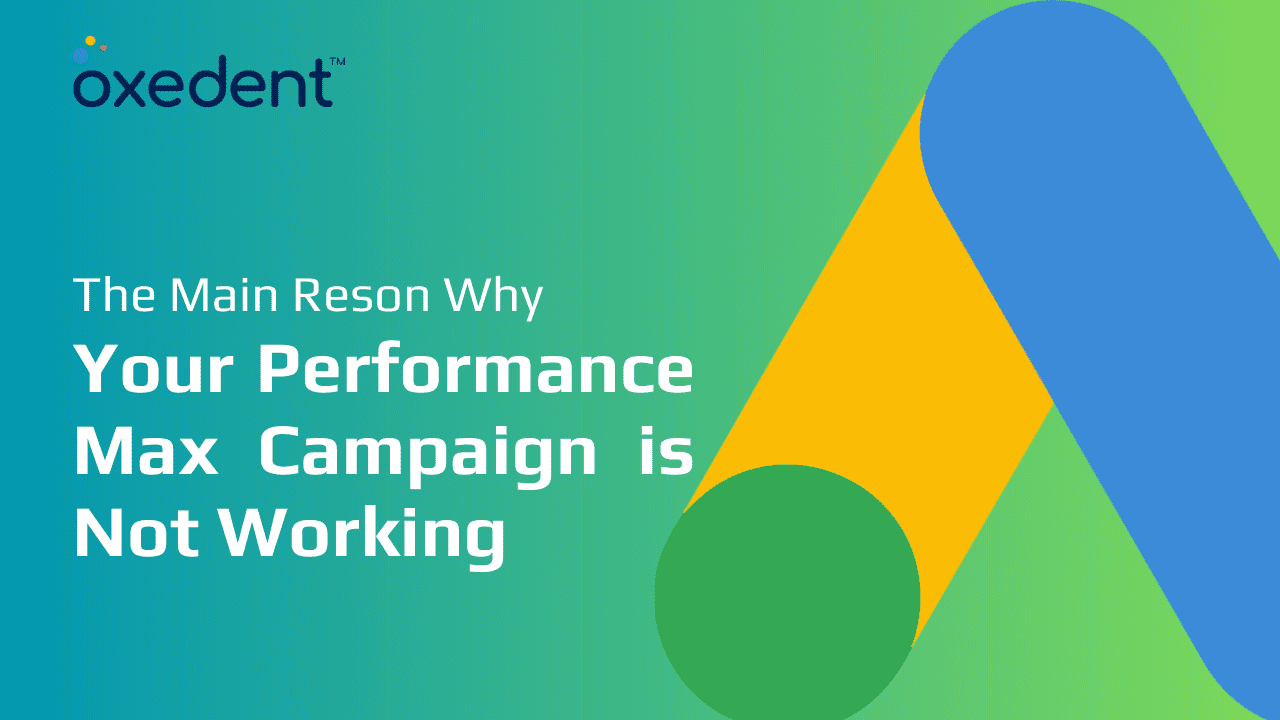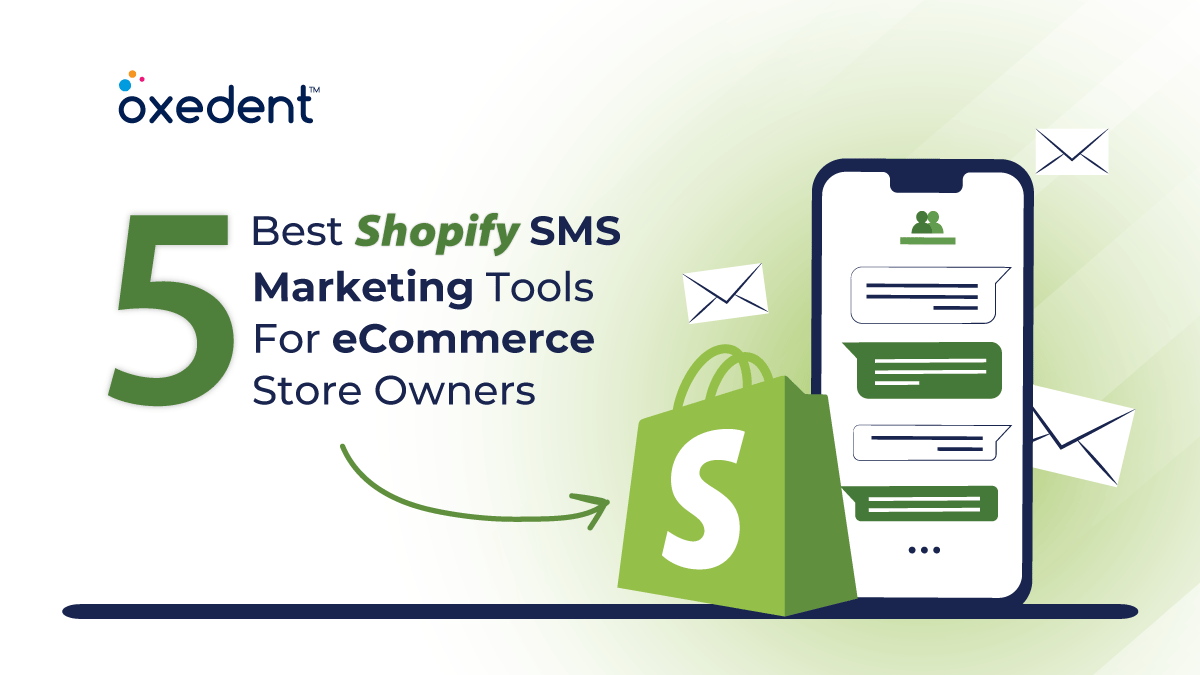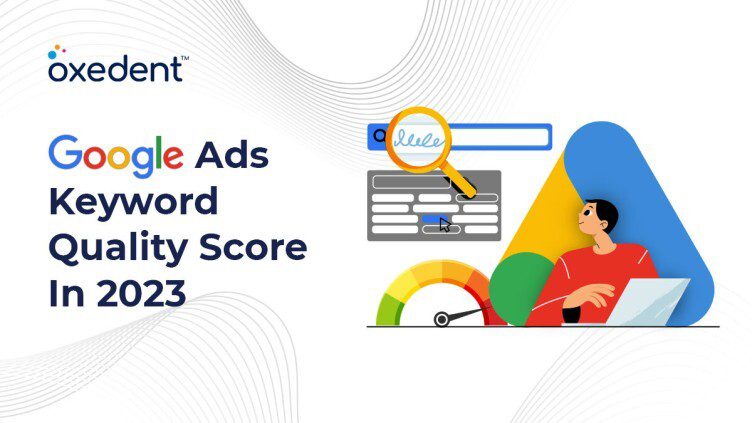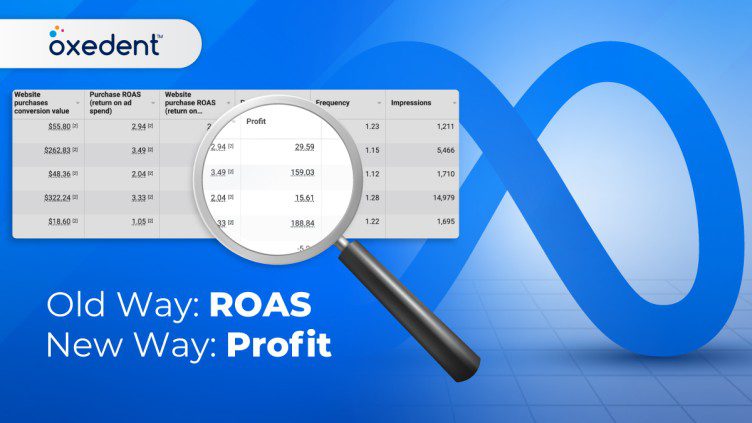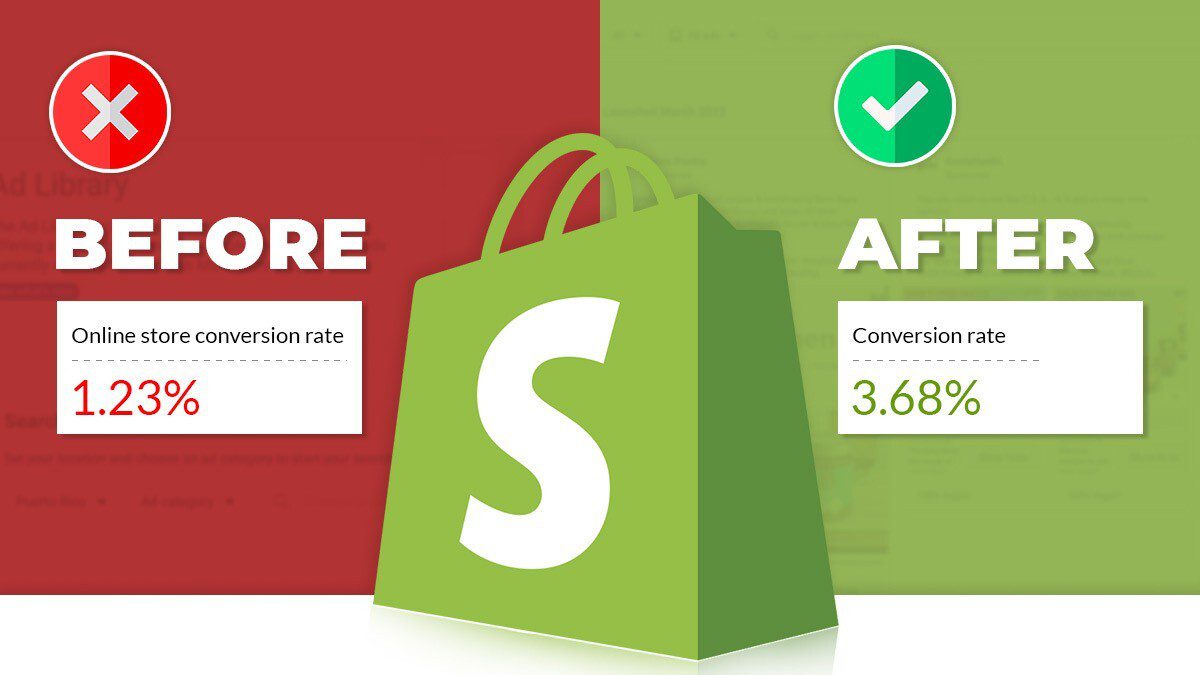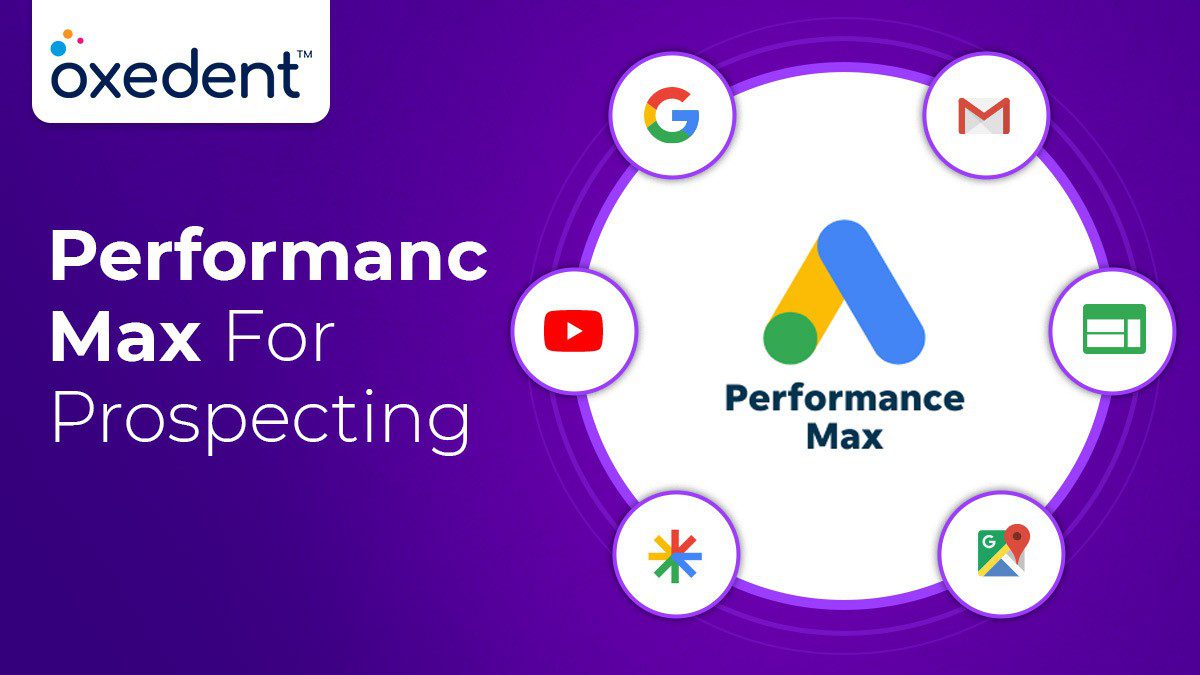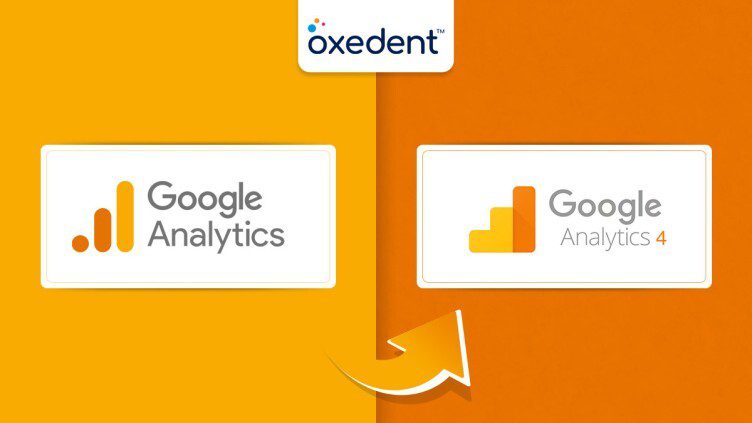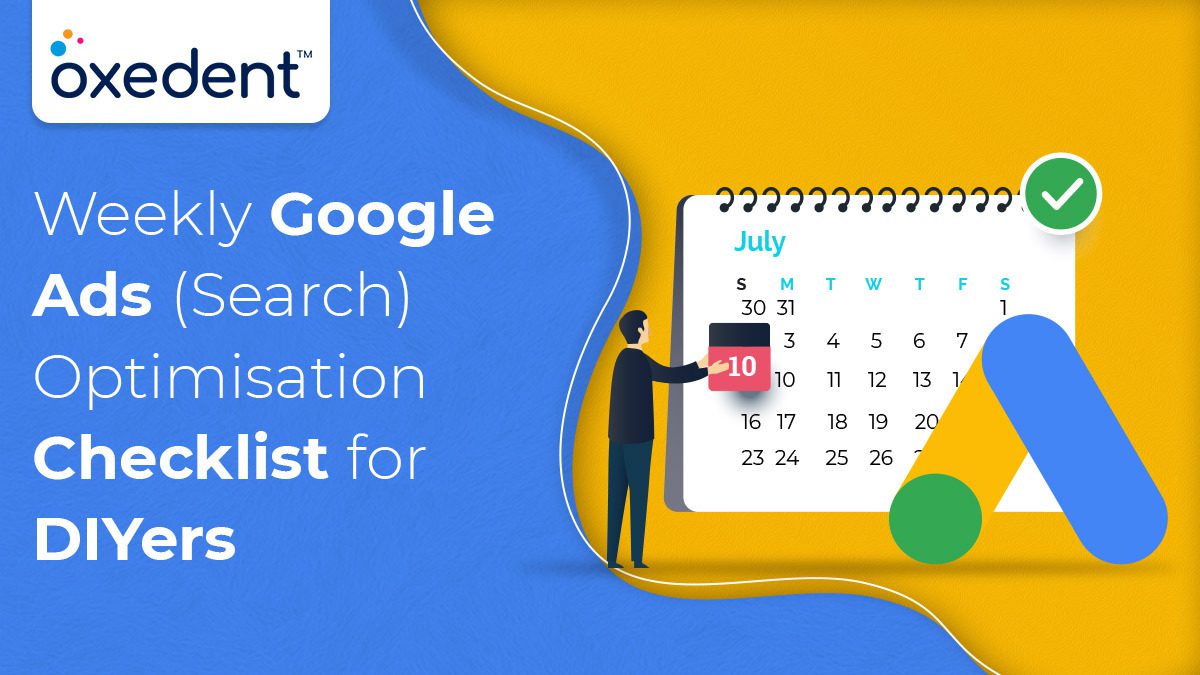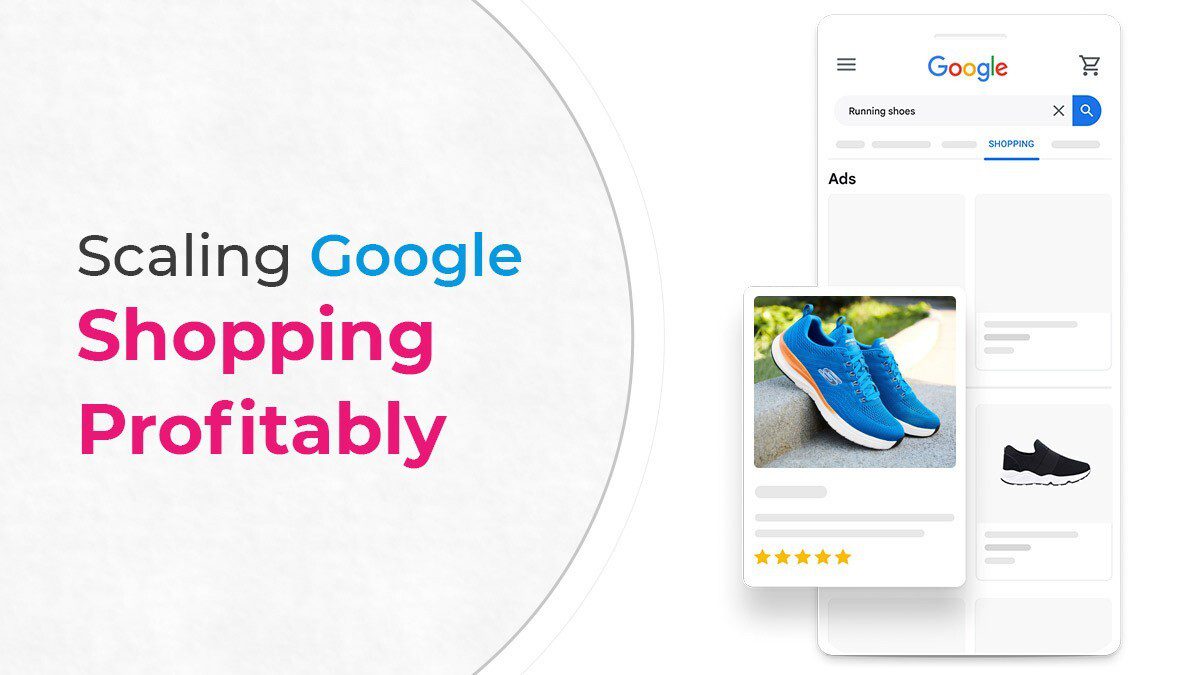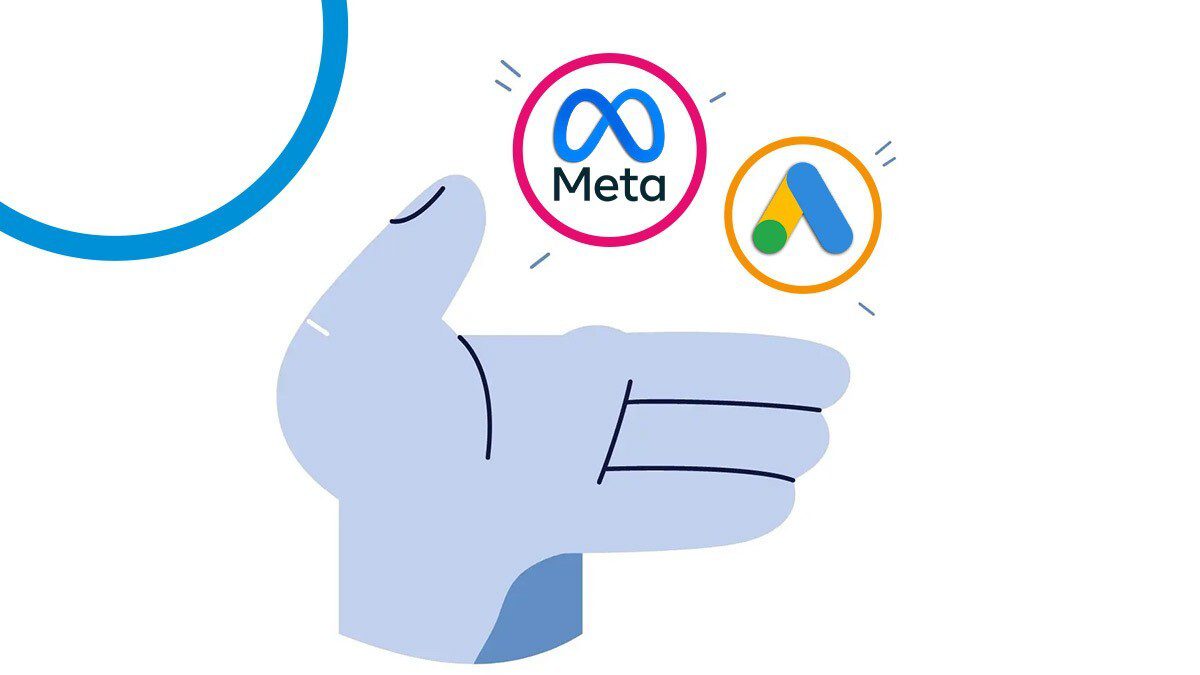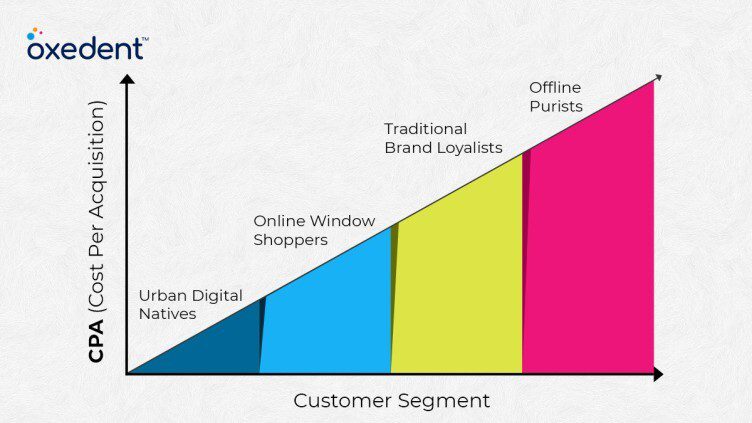Navigating The Attribution Maze: Google’s Updates And A Better Strategy For eCommerce
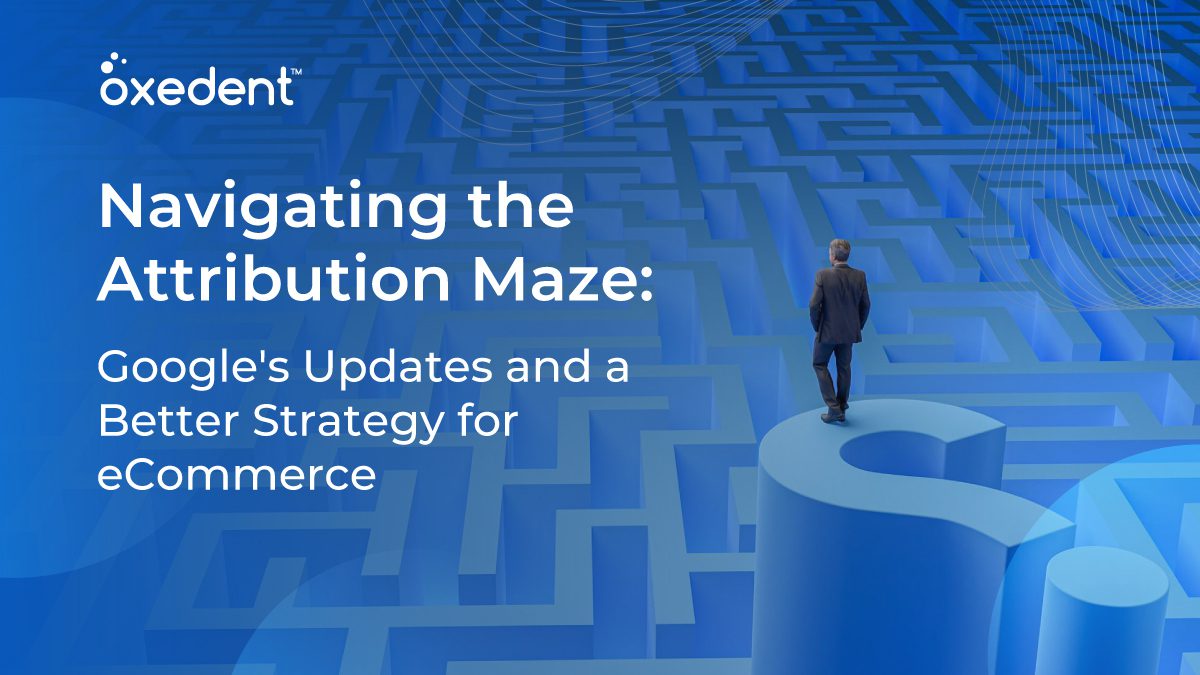
Strategy for eCommerce
Strategy for eCommerce: When it comes to PPC, attribution is one of the key features that marketers consider in their stack for their business niches, especially an excellent strategy for eCommerce businesses. However, before you dive into the details, it is immensely crucial to have an understanding of the term “Attribution.”
Let us explain the attribution model with an example.
In a football game, there are eleven players. Each denotes their contribution to help the team win. Consider one of the players who has scored a goal for their respective team.
Now, how will you distribute the credit? Will you give the credit to that particular player, or will you distribute it among all the players?
Here is where the confusion arises!
Similar are the attribution models namely – first-click, linear, time decay and position.
In the first-click attribution model, you provide the entire credit to the first channel for sale. Meaning the entire credit goes to the player who secured the goal.
With linear attribution, each touchpoint receives credit for the sale, which means credit goes to each eleven players of the football team.
Now coming to time-decay attribution, where the credit is divided to those touchpoints which were closer to the time of conversions. This signifies that, for the goal, among the eleven football players, those who passed the ball closer to the last man received the credits.
And, lastly, position-based attribution. When a sale happens, a maximum of 40% credit is received by the first and last touchpoints, while the remaining 20% goes to the middle interactions.
Putting it in simpler words, for that one goal, the last player who secured the goal and the player who first started the game receives maximum credit while the remaining eight players get the other credits.
Carrying forward this attribution process became very hectic and tedious for advertisers – up until recently.
With the birth of data-driven attribution, or DDA, introduced by Google, businesses got a push which is beyond the surface level.
Today, advertisers do not have to dig deep to analyse and distribute credits to the touchpoints. This is because data-driven attribution (DDA) is a powerful approach or can be said to be a compelling strategy for eCommerce businesses to measure the effectiveness of Pay-Per-Click (PPC) advertising campaigns.
In short, the AI feature is getting the work done seamlessly!
It allows advertisers to gain insights into the contributions of different touchpoints in the customer journey, enabling them to allocate credit and budget more accurately.
By leveraging advanced data analysis techniques, DDA provides a comprehensive understanding of how each interaction with a PPC ad impacts the conversion process.
Today let us ease your fears and set you on the path to learning more about data-driven attribution and how you make it a strategy for your eCommerce business.
Google’s Old Models Transition To Data-Driven Attribution
Previously, Google relied on a traditional attribution model known as “last-click attribution.” In this model, the credit for conversions was given solely to the last click that led to the conversion.
However, this approach often overlooked the influence of other touchpoints that contributed to the customer’s decision-making process.
Similarly, there were Linear, time Decay And Position based models with which distributing the credits was much more difficult or was done unevenly.
Recognising the limitations of last-click attribution, Google introduced the data-driven attribution model.
This new approach uses machine learning algorithms and advanced data analysis to evaluate the impact of each touchpoint along the customer journey.
By analysing vast amounts of data, including click and conversion data from various channels, Google’s algorithms can assign credit accurately to the touchpoints that influenced the customer’s decision.
Today, it is considered to be the best strategy for eCommerce businesses, as with data-driven attribution, the entire process of giving credits has become hassle-free.
Detailed Information About Data-Driven Attribution
Data-driven attribution is a powerful strategy for eCommerce advertisers to gain deeper insights into the customer journey and accurately measure the impact of their advertising efforts.
Unlike traditional attribution models that rely on simplistic rules or give credit solely to the last click, data-driven attribution takes a different approach.
It leverages advanced data analysis techniques and machine learning algorithms to assess the contributions of each touchpoint along the customer’s path to purchase.
By analysing vast amounts of data, including click and conversion data from various channels, data-driven attribution models provide a comprehensive understanding of how different interactions with PPC ads influence the conversion process.
This approach allows eCommerce advertisers to allocate credit accurately to the touchpoints that significantly impact driving conversions. It enables them to optimise their PPC strategies, allocate their budget more effectively, and make data-informed decisions that lead to improved ROI.
It is a much more helpful strategy for eCommerce businesses because it is a great default option provided in both Google Ads and Google Analytics.
Utilising this method, advertisers can now spot new trends and identify how customers respond and engage with the content and campaigns.
In essence, data-driven attribution empowers eCommerce advertisers with actionable insights to refine their advertising strategies and maximise the effectiveness of their campaigns.
As previously mentioned, data-driven attribution is used in both Google Ads and Google Analytics. It would help if you to know its functionalities and whereabouts respectively.
Scroll down below to get a deeper insight.
Data-Driven Attribution In Google Ads
With Google advertising’s data-driven attribution function, you can assign conversion credit depending on how users interact with your advertising.
It would be best to consider it a good strategy for eCommerce businesses as it examines all of the information in your ad account to identify the keywords, advertising, and campaigns with the most consequential financial impact.
This strategy for eCommerce advertisers makes the process easy and less time-consuming.
Data-driven attribution examines all interactions and engagements throughout your paid history to understand better how your ad campaigns function to promote sales and conversions.
Moreover, this personalised data-driven model will enable you to:
- Learn which keywords, advertisements, ad groups, and campaigns result in the highest conversions.
- Using this performance information, adjust your bids.
- Select the appropriate attribution model for your company.
When data-driven attribution is implemented in your Google Ads reporting, you can identify which advertisements have the most influential impact on your company’s objectives.
Additionally, employ an automated bid strategy for your eCommerce business.
It will increase conversions, and your bidding will make use of this crucial data to assist in increasing conversions.
Advantages Of Data-Driven Attribution In Google Ads
The prime advantage of data-driven attribution for advertisers is that they can now study how customers interact with their brands.
Based on that, they can have a graph of the entire customer journey, which helps them analyse how each touchpoint contributes to conversions. Apart from this, a marketing team can also be beneficial for other few aspects, which are:
- Holistic Insights
Data-driven attribution can be considered a prolific strategy for eCommerce businesses as it provides a holistic view of the customer journey. It considers all touchpoints involved in the conversion process.
Moreover, this AI tool offers a deeper understanding of the customer’s interactions with ads and how they contribute to conversions, enabling advertisers to identify effective strategies and allocate budgets more efficiently.
- Accurate Credit Allocation
Unlike traditional models that rely on simplistic rules, an AI strategy for eCommerce brands is much more helpful.
This attribution allocates credit based on the actual impact of each touchpoint. This ensures a fair distribution of credit, properly recognising all the touchpoints that influenced the customer’s decision.
Advertisers can accurately measure the performance of their ads and campaigns, allowing them to optimise their strategies effectively.
- Enhanced Optimisation
With data-driven attribution, advertisers gain useful insights into which touchpoints are most efficacious in driving conversions.
This information helps them identify opportunities for optimisation and make data-backed decisions to improve their eCommerce strategies.
Advertisers can allocate their resources effectively and achieve better results by putting effort into this strategy for eCommerce niches and focusing on the touchpoints that contribute the most.
Disadvantages Of Data-Driven Attribution In Google Ads
- Data Requirements
Along with considering data-driven attribution as a pro strategy for eCommerce, it is crucial to understand that data-driven attribution relies heavily on sufficient data volume and quality.
Advertisers need a significant amount of historical conversion data to generate accurate attribution models.
New advertisers or those with limited data may only benefit partially from this approach.
- Complexity And Implementation
Implementing data-driven attribution in your strategy for eCommerce business requires technical expertise and a proper set-up of tracking and measurement systems.
Advertisers need to ensure that they have the necessary resources and knowledge to implement and maintain the attribution model effectively.
- Attribution Lag
Data-driven attribution models may have a lag in providing insights and attribution results.
It is due to the time required for data analysis.
Advertisers must be patient while applying this strategy in eCommerce businesses and wait for the models to process and generate accurate attribution information.
Data Requirements For Data-Driven Attribution Model
DDA is not accessible to all advertisers as a default, as it has specific criteria that are required to be fulfilled by the brand. Considering a general thumb rule, accessing DDA, it requires the following:
- Conversion actions with 300 conversions in 30 days
- Minimum of 3000 ad interactions in Google ads network in 30 days
While applying this strategy in eCommerce businesses, keep a note that if the ad interaction stoops down to 2000 and conversions reduce to below 200 within 30 days, you will not be able to continue with this model.
Having consistent low data will automatically switch your data-driven attribution to the Last-Click attribution model.
Setting Up Data-Driven Attribution Model For Better Conversions In Google Ads
If your business is eligible to use the data-driven attribution model, then here are steps you must follow that will lead you towards better results and conversions for your business niche.
The Set-up Process
- Sign up for your Google Ads account.
- After entering your ads account, click the tools icon and choose “Conversions.”
- Next, choose the conversion action you wish to edit.
- Following that, click on “Edit settings.”
- From the drop-down box, select the Attribution model, then select “Data-Driven” and hit the “Done” button.
Thus, the set-up it done for your business. You will start rolling with your data from here and hop into the attribution process automatically.
Data-Driven Attribution In Google Analytics 4
The data-driven attribution model takes a sophisticated approach in GA4 to determine the impact of the marketing touchpoints based on their contribution to conversions.
As a part of your strategy in eCommerce businesses, it utilises machine learning algorithms to analyse customer journey data.
This includes data from Shopping Ads, YouTube Ads, content and Display Ads and determines the most effective marketing channels and their interactions.
By considering the entire conversion path, data-driven attribution aims to provide a more accurate understanding of how different touchpoints influence customer behaviour and contribute to conversions.
Advantages Of Data-Driven Attribution In Google Analytics 4
Given the dynamic nature of the ads platforms, data-driven in GA4 has more actionable insights in the marketing campaigns. It prominently highlights the customer’s navigation from the ads towards conversions.
However, before considering it as a strategy in eCommerce businesses, you must know how it can be an advantageous tool in your marketing plan.
- Customised Allocation
Unlike other attribution models you have considered in your strategy for eCommerce businesses that rely on predefined rules, data-driven attribution creates a customised attribution model specific to each business based on their unique data.
This ensures that credit is allocated accurately and optimally, leading to more informed decision-making.
- Adaptability To Changes
As customer behaviour and marketing landscapes evolve, data-driven attribution adapts to these changes.
It continually analyses data and adjusts the attribution weights for different touchpoints, allowing eCommerce businesses to stay agile and respond effectively to market shifts.
- Improved ROI
By accurately attributing conversions to their respective touchpoints, data-driven attribution enables eCommerce businesses to allocate their marketing budget more effectively.
Applying this strategy to your eCommerce business niche will help identify the channels and interactions that generate the highest return on investment (ROI).
This allows businesses to optimise their spending and drive better results.
Disadvantages Of Data-Driven Attribution In Google Analytics 4
Owing to the increased hype of the data-driven attribution in GA4, their are several limitations that you must be aware of. They are as follows:
- Data Requirements
Data-driven attribution heavily relies on substantial historical data to generate accurate insights.
Businesses with limited data or those starting from scratch may only benefit fully from this model once they accumulate sufficient data.
- Complexity
The methodology behind data-driven attribution involves complex algorithms and statistical analysis.
Understanding and implementing this model as a strategy for eCommerce business may require technical expertise or additional resources. Thus, it makes it challenging for some eCommerce businesses to leverage their full potential at a go.
- Interpretation Challenges
While this attribution strategy for eCommerce genres provides valuable insights, interpreting and translating these insights into actionable strategies can be a complex task.
It requires a deep understanding of the analytics data and the ability to extract meaningful recommendations from it.
Data Requirements For Data-Driven Attribution Model In GA4
In order to have access to the GA4 data-driven attribution option, a business or a brand must have all relevant conversion data and information in the Google account.
To state it precisely, you will need the following:
- A minimum of 600 – 1000 conversions each month from all conversion channels.
- You must include tracking codes, pixels, and tags on all the channels to track data.
- All the previous data from the past 28 days must be mentioned on your Google account for GA4 analysis.
Setting Up Data-Driven Attribution Model In Google Analytics 4
Before you can reap the results by implementing the strategy for eCommerce platforms with the data-driven attribution in Google Analytics 4, firstly, you must know how to set up the platform to receive the benefits.
The Set-up Process
- Begin with signing into your GA4 account.
- Now, go to the option you want to set up with data-driven attribution and click “Admin.”
- Next, jump to the “Attribution Settings.”
- Following that, ensure to make the “Data-Driven Attribution” as a default model. However, you can also choose other options like the first click, last click and linear.
- Lastly, set up the conversion window, which is an attribution window of time frame for giving credits to the touchpoints converting to conversions. You can choose 30 days for acquisition conversion and 90 days for other conversion channels.
By following these steps accurately, you are all set to go with utilising the strategy for eCommerce businesses. It is a note to keep in mind that your account might not be eligible for using data-driven attribution in GA4 if sufficient and accurate data is not provided.
What Are The Previous Other Attribution Models?
Before Google introduced the data-driven attribution model, five attribution models were in significant play and were considered as the core strategy for eCommerce businesses.
Scroll down to know more.
- Last Click Attribution
This model attributes 100% of the conversion credit to the last touchpoint that the customer interacted with before completing a conversion.
It assigns all the credit to the final click, neglecting the contributions of previous touchpoints.
Most advertisers use this attribution model as a strategy for eCommerce businesses to track their success rate for online advertisements.
- First Click Attribution
In contrast to the last click, this model contributes 100% of the conversion credit to the first touchpoint that initiated the customer’s journey. It prioritises the initial touchpoint and overlooks subsequent interactions.
First-Click attribution is used as a strategy for eCommerce advertisements to measure the effectiveness of marketing campaigns.
Here, they keep track of the new visitors who shows interest in your business.
- Linear Attribution
The linear model distributes equal credit across all touchpoints in the customer journey. It assigns an equal percentage of the conversion credit to each interaction, acknowledging the contribution of all touchpoints equally.
Advertisers used to apply this attribution model for their Google ads as it provides a macro-perspective of all the marketing channels.
Additionally, with this strategy for eCommerce business, one can retain data on which marketing channel creates the most impact on brand awareness.
- Time Decay Attribution
This model gives more weight to touchpoints that occurred closer in time to the conversion. It assumes that the touchpoints closer to the conversion have a more effective influence, thus assigning them a higher proportion of the conversion credit.
Earlier touchpoints receive a diminishing share of the credit.
In other words, marketers considered using this model as a strategy for eCommerce as it can measure long-scale cycles.
- Position-Based Attribution
Also known as U-shaped attribution, this model assigns 40% of the conversion credit to both the first and last touchpoints.
The remaining 20% is distributed among the intermediate touchpoints.
It emphasises the role of the touchpoints at the beginning and end of the customer journey while recognising the contributions of touchpoints in between.
Key Takeaways
Data-driven attribution is a crucial and potent tool in the industry of advertising. It plays a significant role in optimising marketing campaigns and boosting their ROI.
Technology is taking pace each and every day, and a data-driven attribution model will soon become the core essentiality for advertisers. Having hands over it sooner will keep you on the profitable part of the court.
You might have to make detailed changes in your ad campaigns, but the outcome with this model will grow more substantial and productive.
If you are someone who strives to grow and acknowledge new technologies, contact Oxedent – our experts will set you on the right path for profitable results.
FAQs
What is data-driven attribution in Google Ads?
It helps businesses understand the effectiveness of different channels and interactions in driving customer conversions.
How does data-driven attribution differ from traditional attribution models?
On the other hand, data-driven attribution uses statistical analysis and machine learning to analyse vast amounts of data and determine the contribution of each touchpoint based on its actual influence on conversions.
What are the advantages of using data-driven attribution models?
What data is required for data-driven attribution models?
This data should ideally cover a significant period of time and include information about various marketing channels, campaigns, and customer behaviour.
How can businesses implement data-driven attribution models?
Businesses need to ensure they have the necessary data infrastructure, technical expertise, and resources to collect and analyse the required data.
Ready to grow your eCommerce sales?
Let’s discuss how to scale your eCommerce store with profit and if we’re the right partner to get you there.


